Learning & Teaching
Learning and Teaching encompasses the following areas: Student Outcomes, Curriculum, Assessment, Reporting, Principles and Pedagogy.
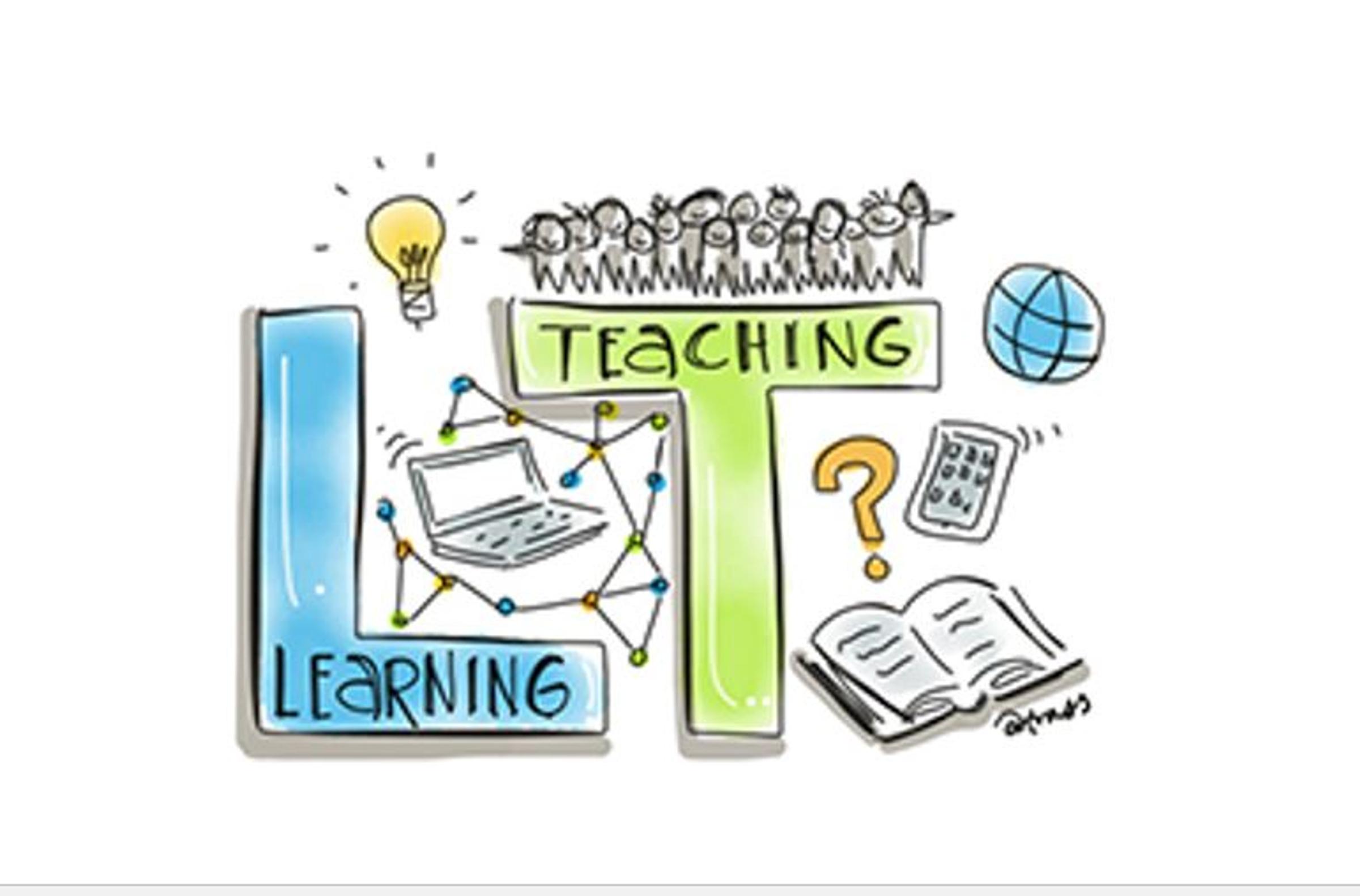
Learning & Teaching
Learning and Teaching encompasses the following areas: Student Outcomes, Curriculum, Assessment, Reporting, Principles and Pedagogy.


The Importance of Comprehension and how you can help at home.
Comprehension is the ability to understand and make meaning from what we read. It’s not just about reading words correctly. It's about thinking about what they mean. Strong comprehension skills help children connect with a story, understand the author’s purpose, and explore bigger ideas or themes within a text. This means they’re not only following what happens but also thinking about why it happens, how characters feel, and what messages the author might be sharing. These skills help children become confident, thoughtful readers.
At school, we teach different types of comprehension. Literal comprehension focuses on the basic facts in a story, the who, what, where, and when. Inferential comprehension asks children to read between the lines. For example, working out how a character is feeling or why something happened, even if it’s not said directly. Beyond the text, comprehension helps children connect the story to their own life, the wider world, or other things they’ve read. This deeper understanding builds critical thinking skills and encourages children to think about stories in a meaningful way.
Ways you can help your child at home with comprehension. For younger children in Foundation to Year 2, the best support often comes through simple, regular conversations. While reading together, pause to ask open questions like “What do you think will happen next?” or “Why do you think they did that?” Encourage your child to talk about the pictures, retell the story in their own words, or act it out. These activities help them make sense of the story, build vocabulary, and improve memory and sequencing.
For children in Years 3 to 6, focus on encouraging deeper thinking and discussion. Ask them to explain their opinions about a book or a character’s actions. You could explore questions like “What message do you think the author is trying to share?” or “How is this character changing throughout the story?” Support them in reading a range of books including fiction and non-fiction and talk about how different texts are structured and written.
Taking time to talk about their reading helps develop their ability to think critically and express their ideas clearly.
Literacy Leader
Bernadette Parnis
bparnis@sfmoreland.catholic.edu.au
SCHOLASTIC BOOK CLUB
Issue 4 catalogues are now available - orders due back by THIS Wednesday June 4.








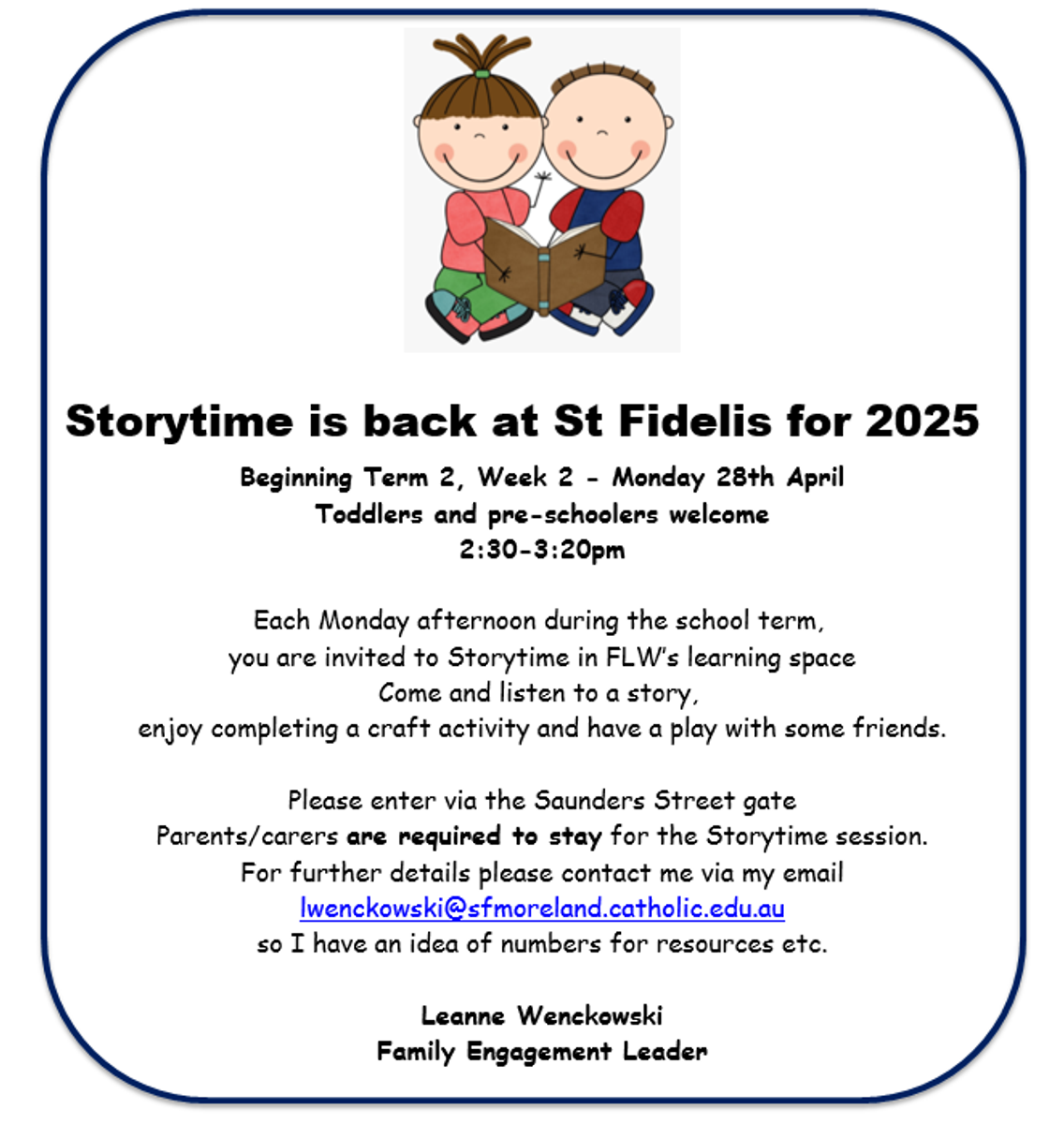

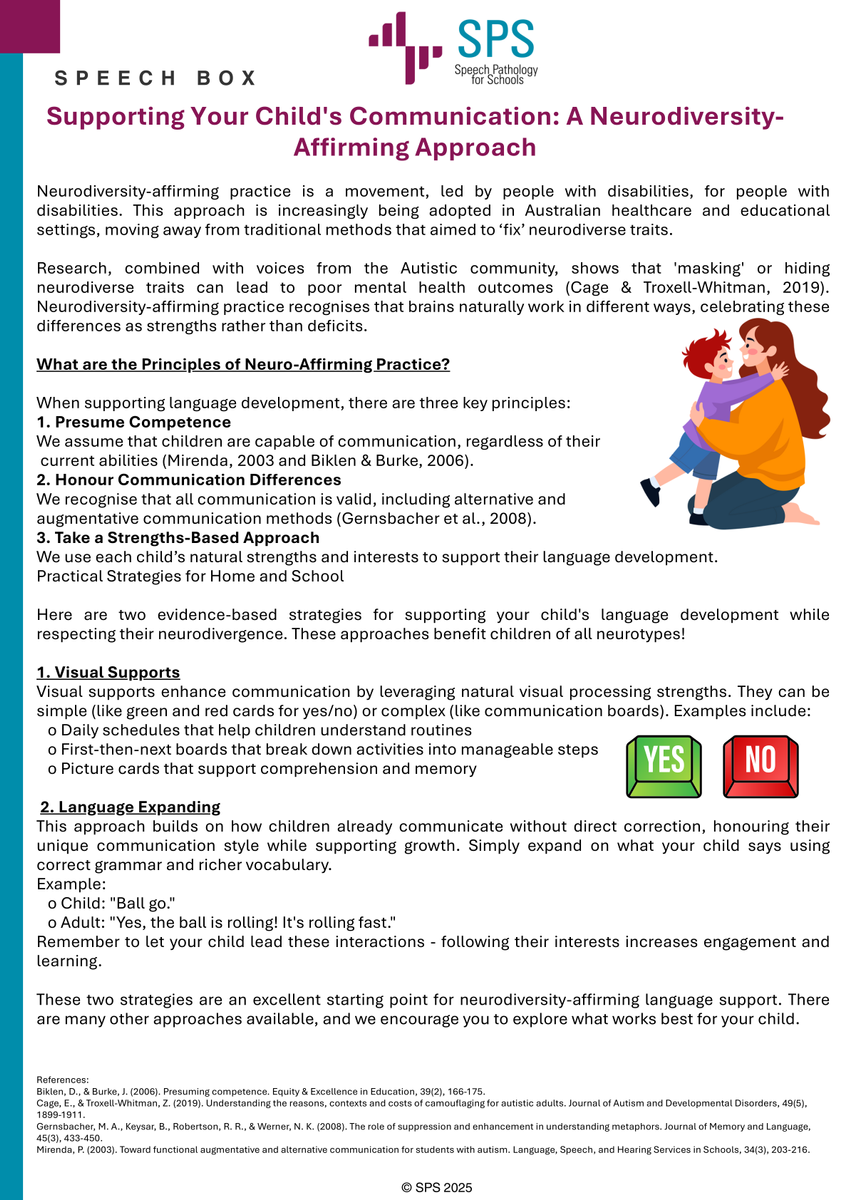



Re: Student reporting update – Mathematics Version 2.0
I am writing to let you know about the changes to student reporting for Mathematics in Victorian Catholic schools.
The Victorian Curriculum and Assessment Authority (VCAA) recently published its revised Mathematics curriculum (Mathematics Version 2.0). All Victorian schools will start using Mathematics Version 2.0 in 2025. At St. Fidelis, we will be using the revised Mathematics curriculum for student reporting from Semester 1, 2025.
On your child’s previous report, the teacher reported against the three strands of the achievement standard for Mathematics (Number and Algebra, Measurement and Geometry, and Statistics and Probability). Under the Mathematics Version 2.0 curriculum, your child’s teacher will report against the achievement standard as a whole, providing a single, aggregated score.
As the achievement standards reported on have changed, the first time you receive a report under the Mathematics Version 2.0 curriculum, it will only show achievement and not progress. For all reports after this, progress will be shown against the single achievement standard.
The VCAA made these changes to help teachers plan their teaching and learning programs in Mathematics, giving them more flexibility to support students to link ideas within Mathematics and also with other curriculum areas.
Years 5/6 Camp
The Grade 5/6 Camp was held last week at “Weekaway” Camp, Benloch, on the 26th, 27th and 28th of May, 2025.
The purpose of going on this camp was to provide the students with a worthwhile educational, living and learning experience as part of our Year 5/6 curriculum.
Throughout the days spent at camp, the students were involved in a variety of outdoor educational activities which included, amongst other things, bush-walking, flying fox, canoeing, initiative course, archery, the maze, and lazer tag.
All the activities and responsibilities attached to being a camp member were designed to:
Congratulations to all the Grades 5/6 students, who attended the camp, for their enthusiastic participation, co-operation and wonderful behaviour. Thank you to the St Fidelis' camp staff for your leadership, enthusiasm and care of the students. Finally, thank you to the Grades 5/6 parents for allowing your children to be a part of this learning experience.
Michael Jennings
School Camp Coordinator
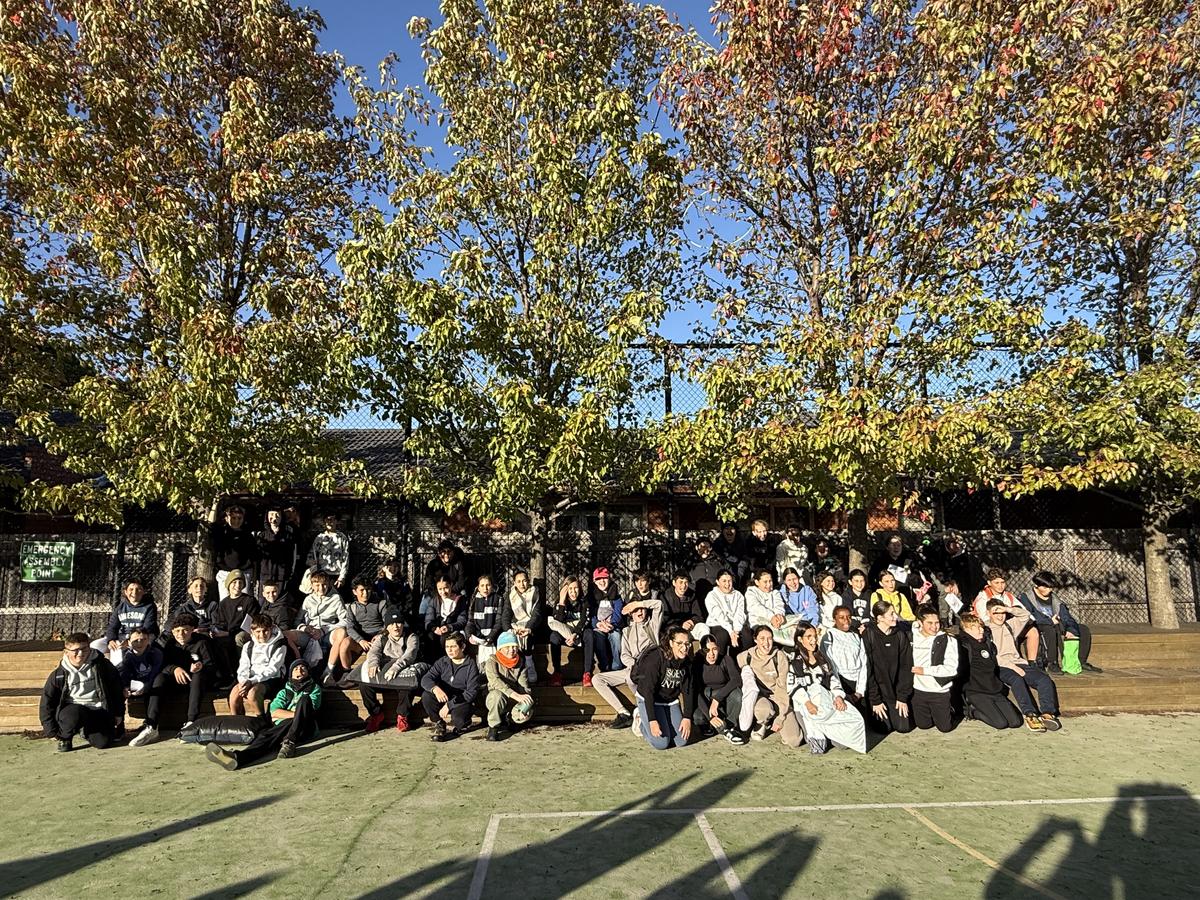

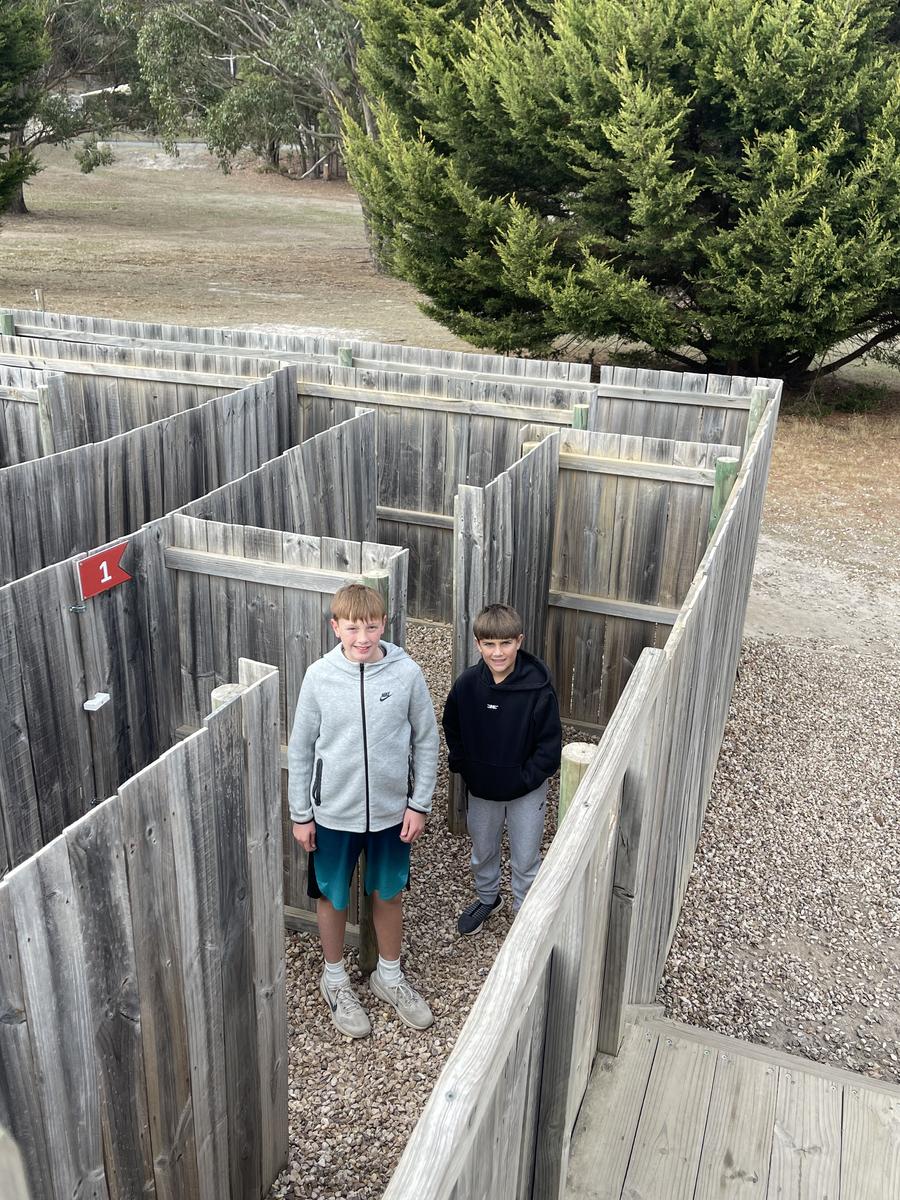

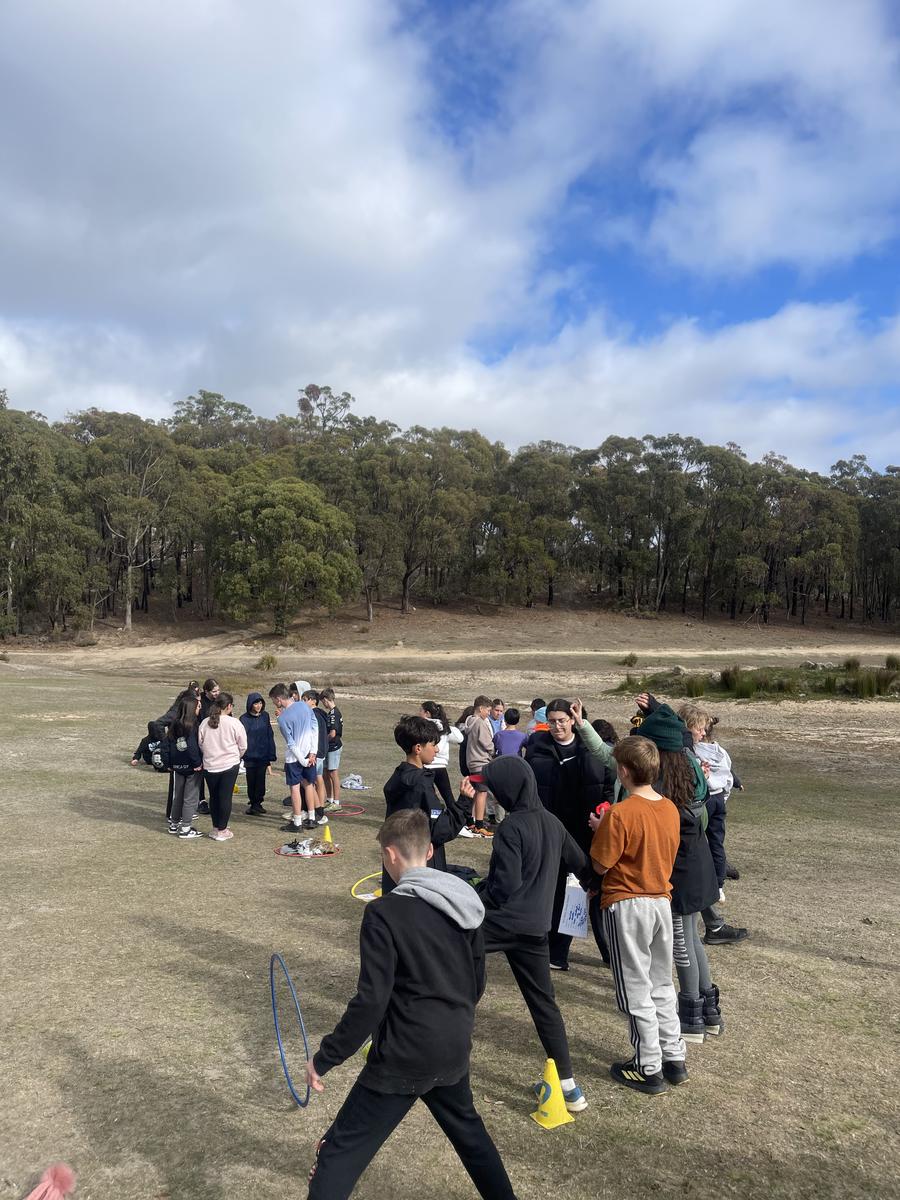
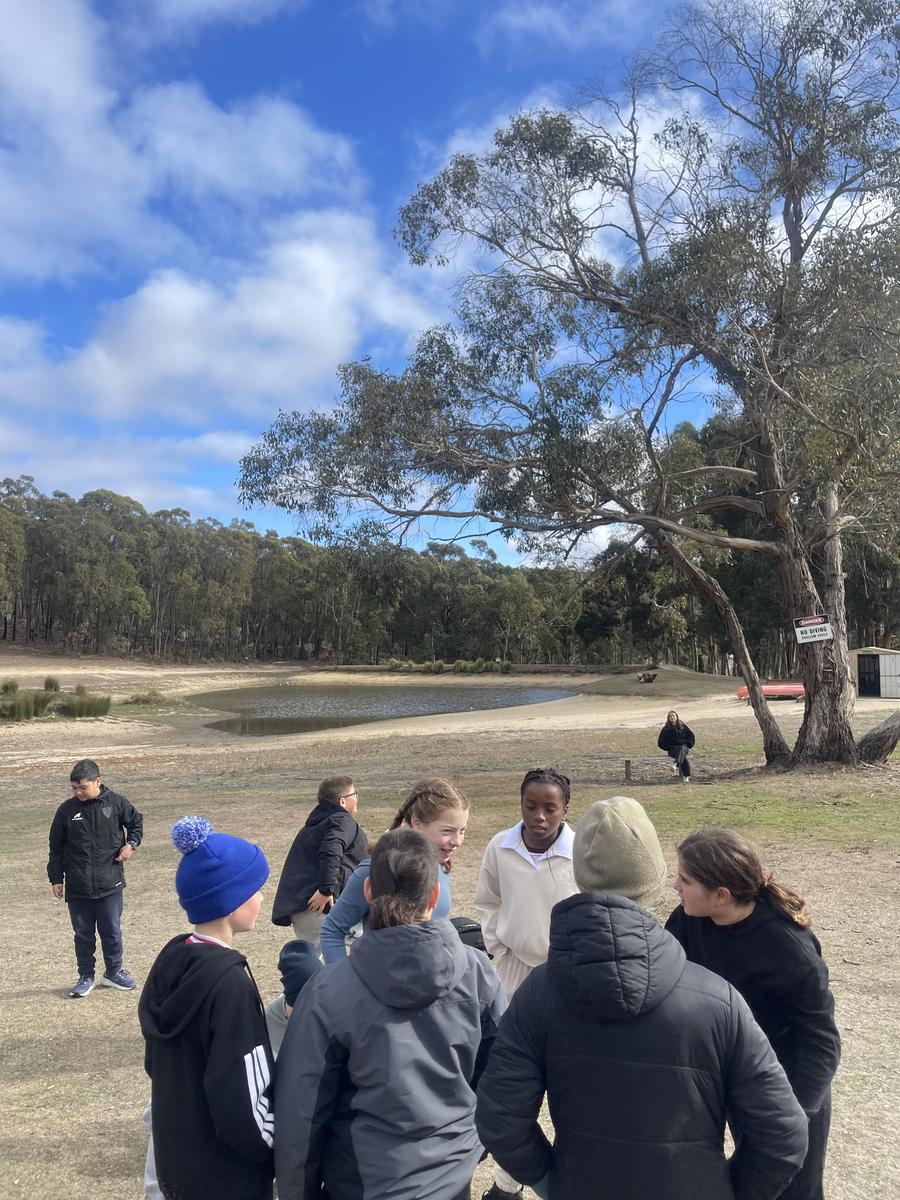
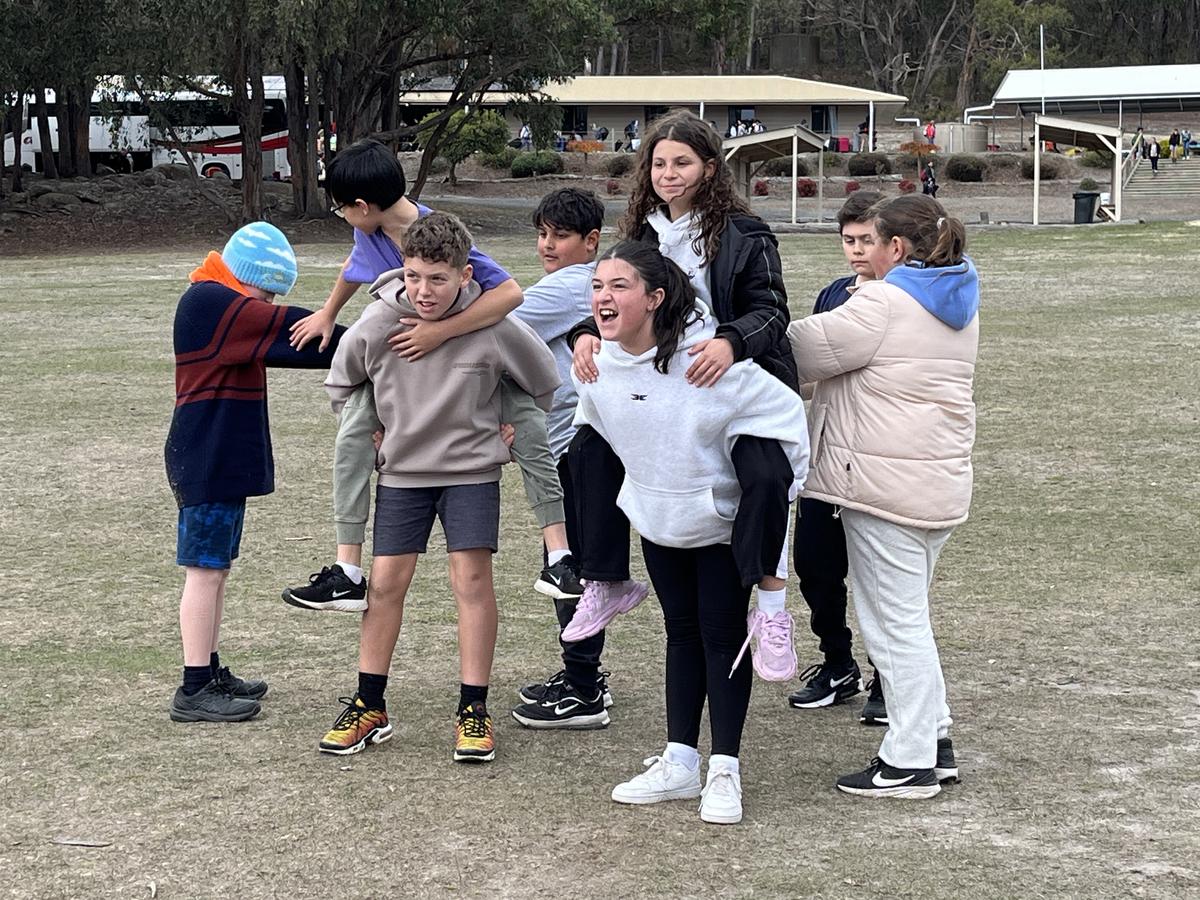


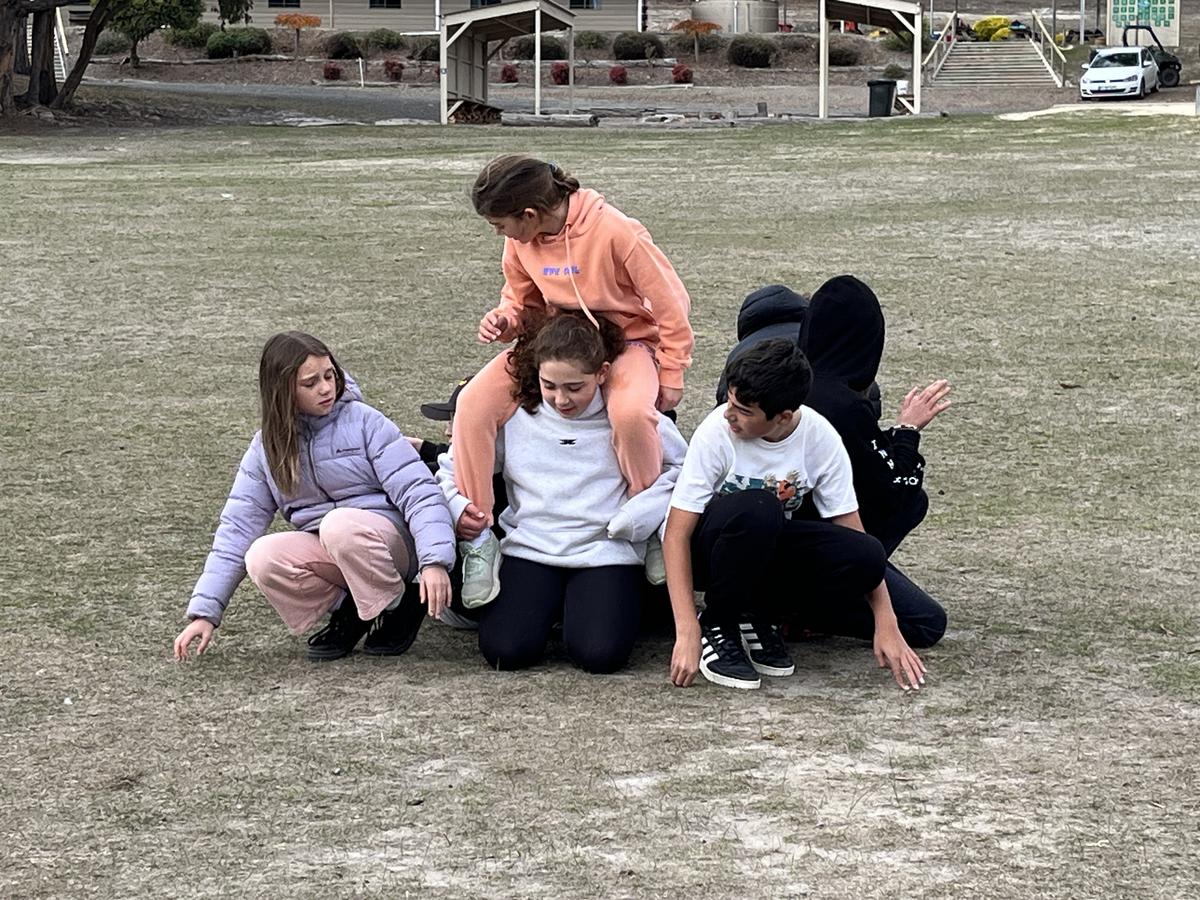
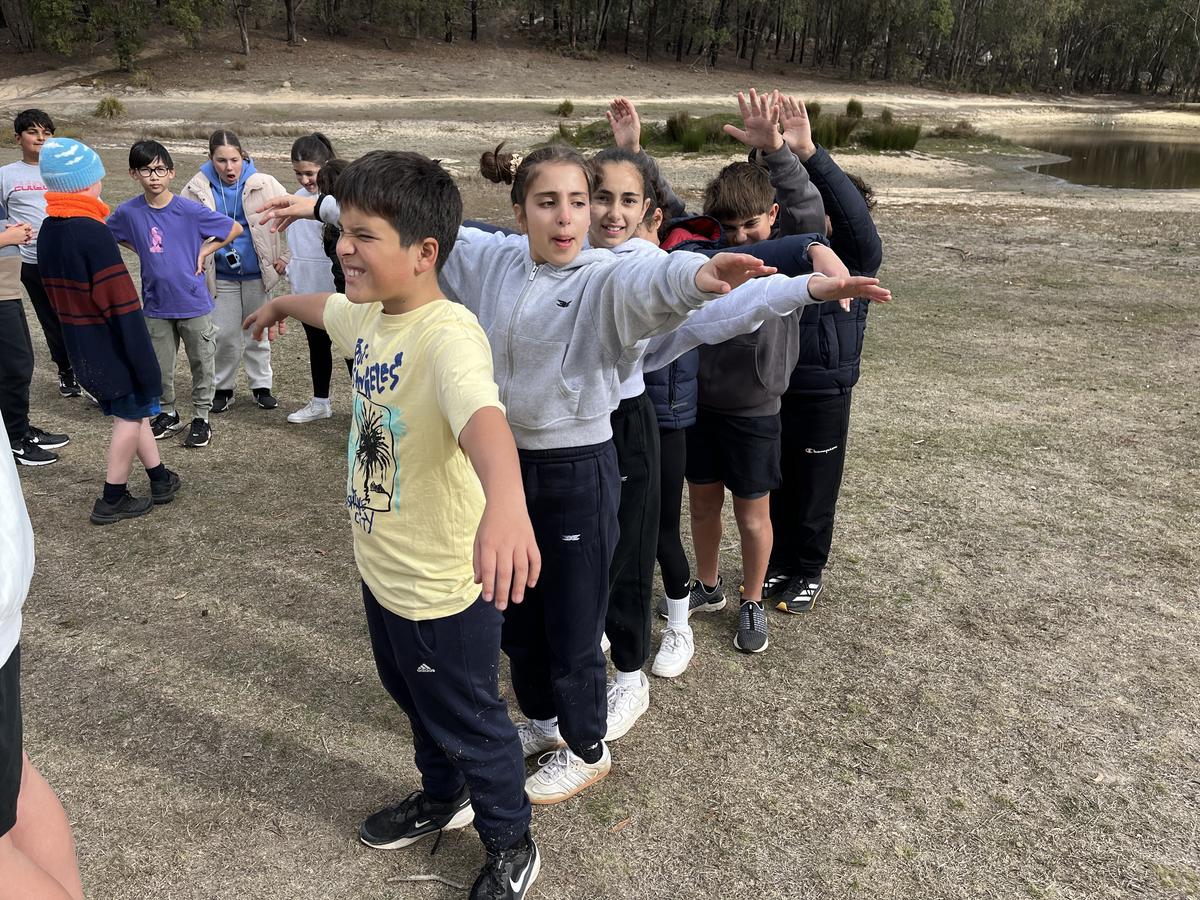



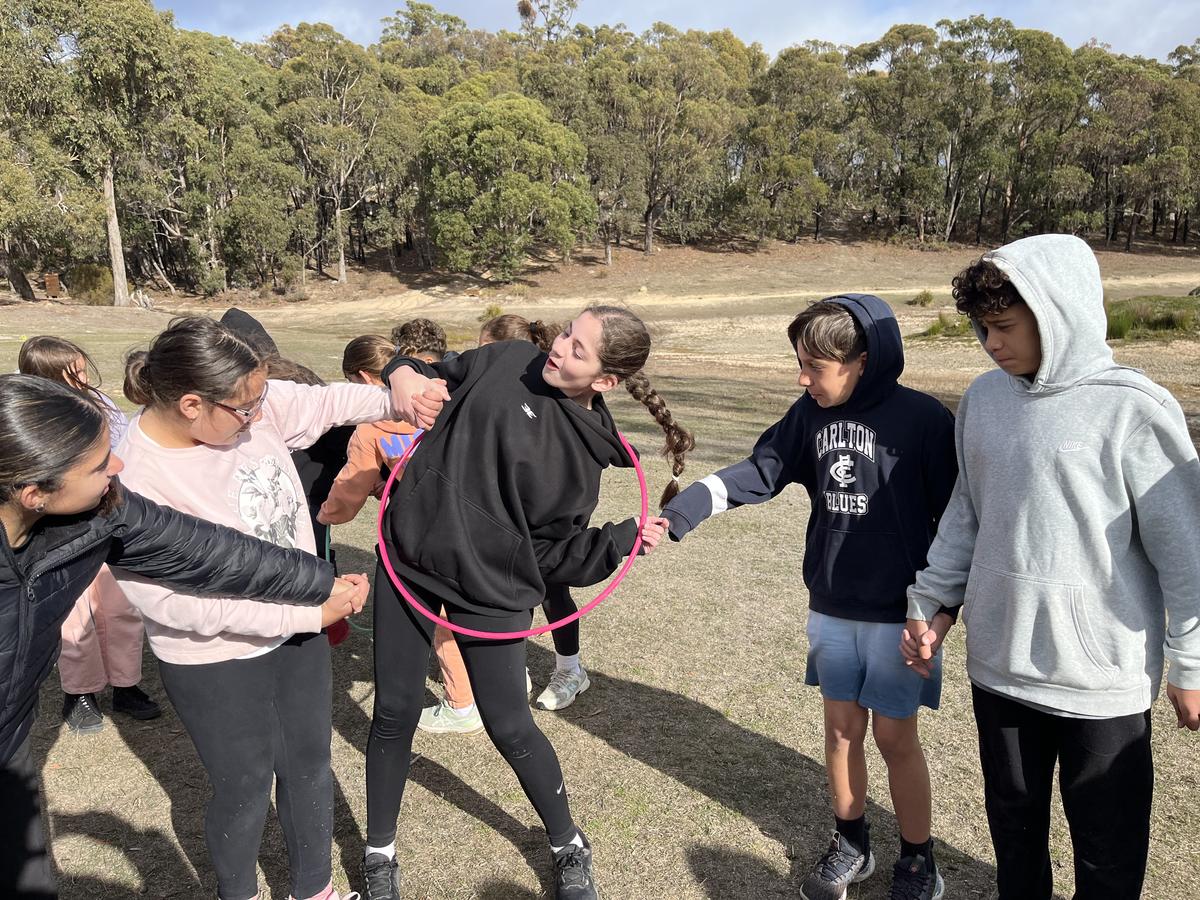


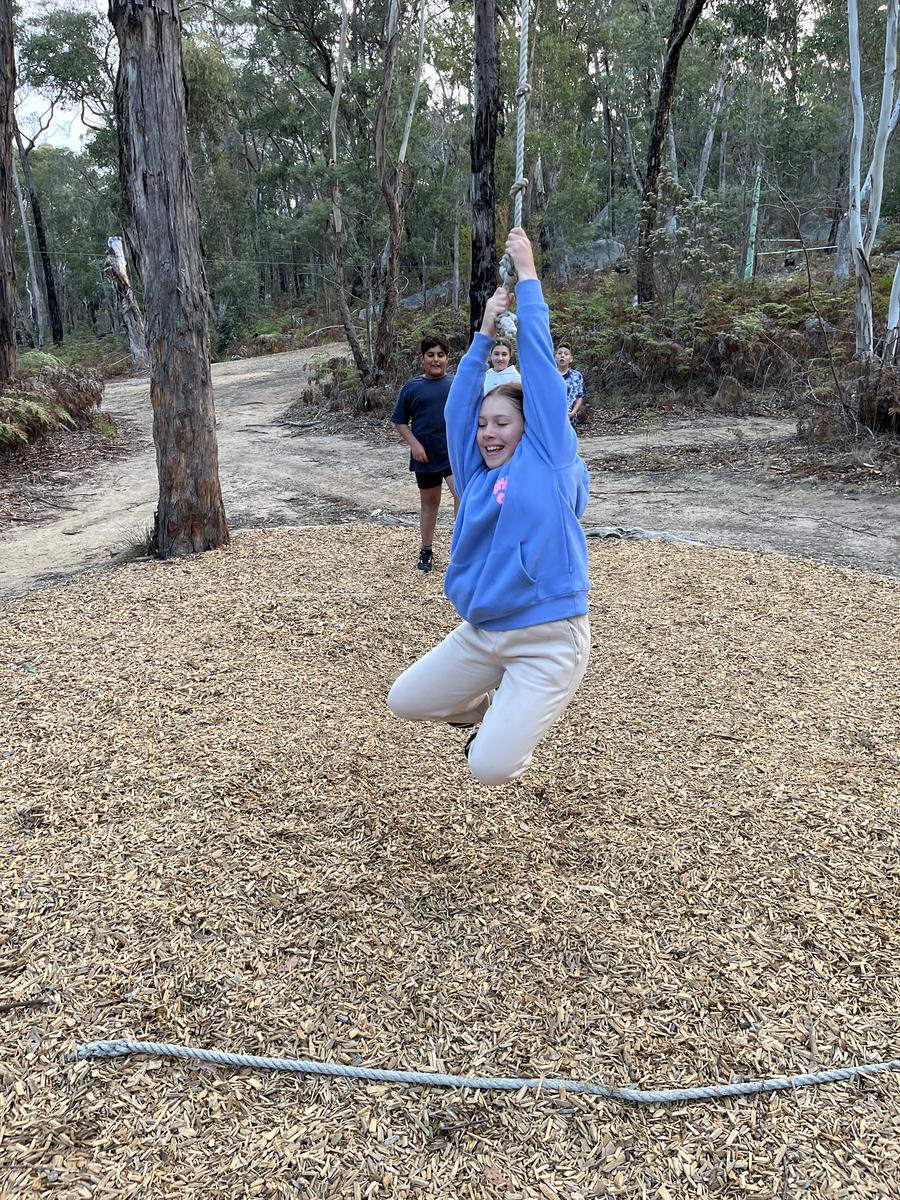


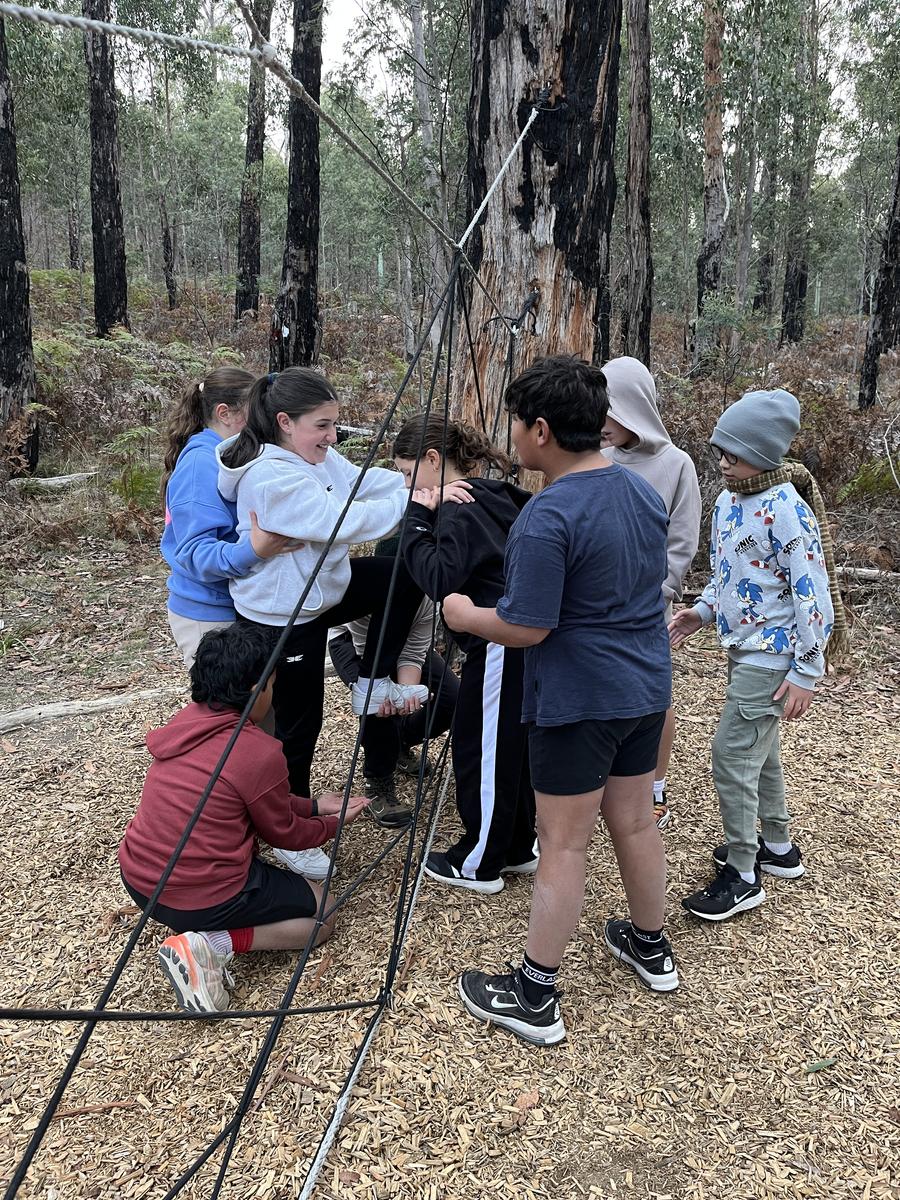
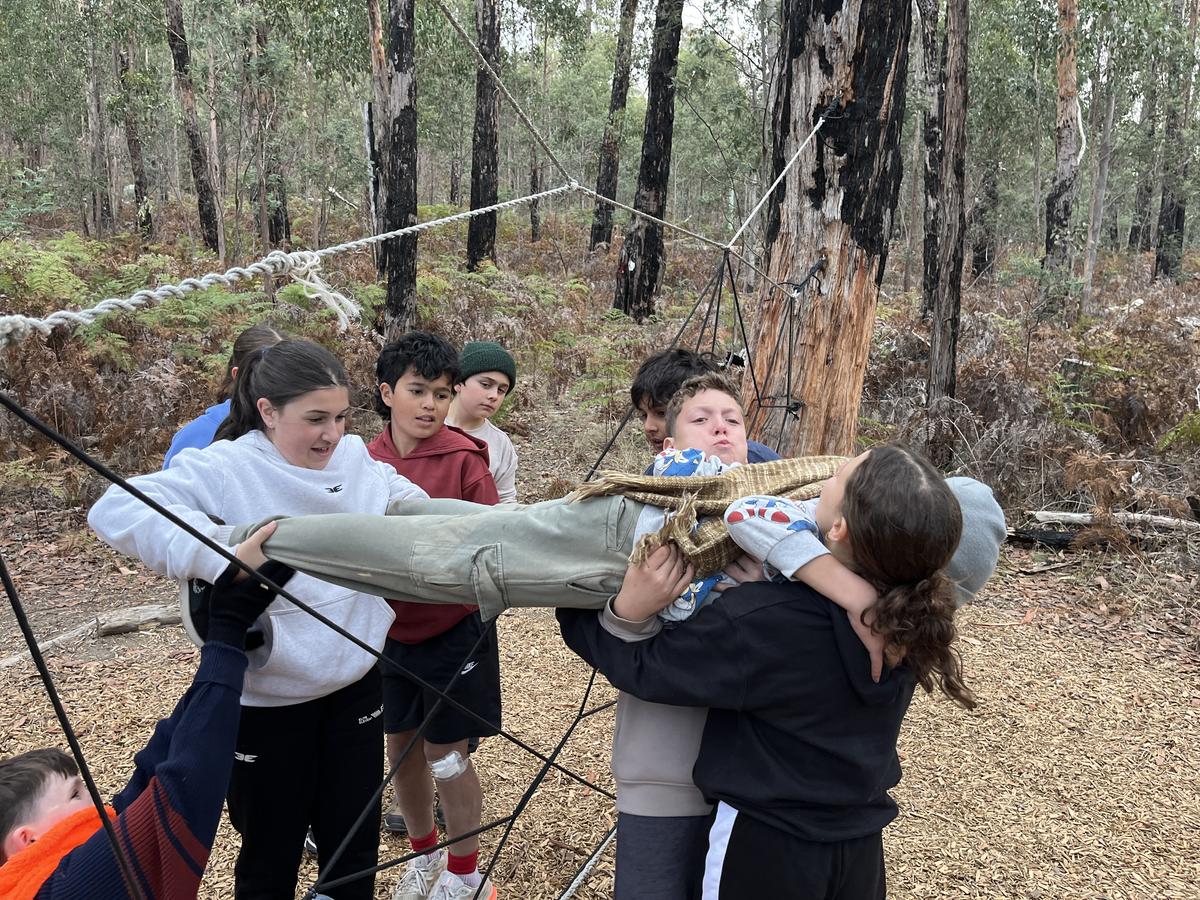

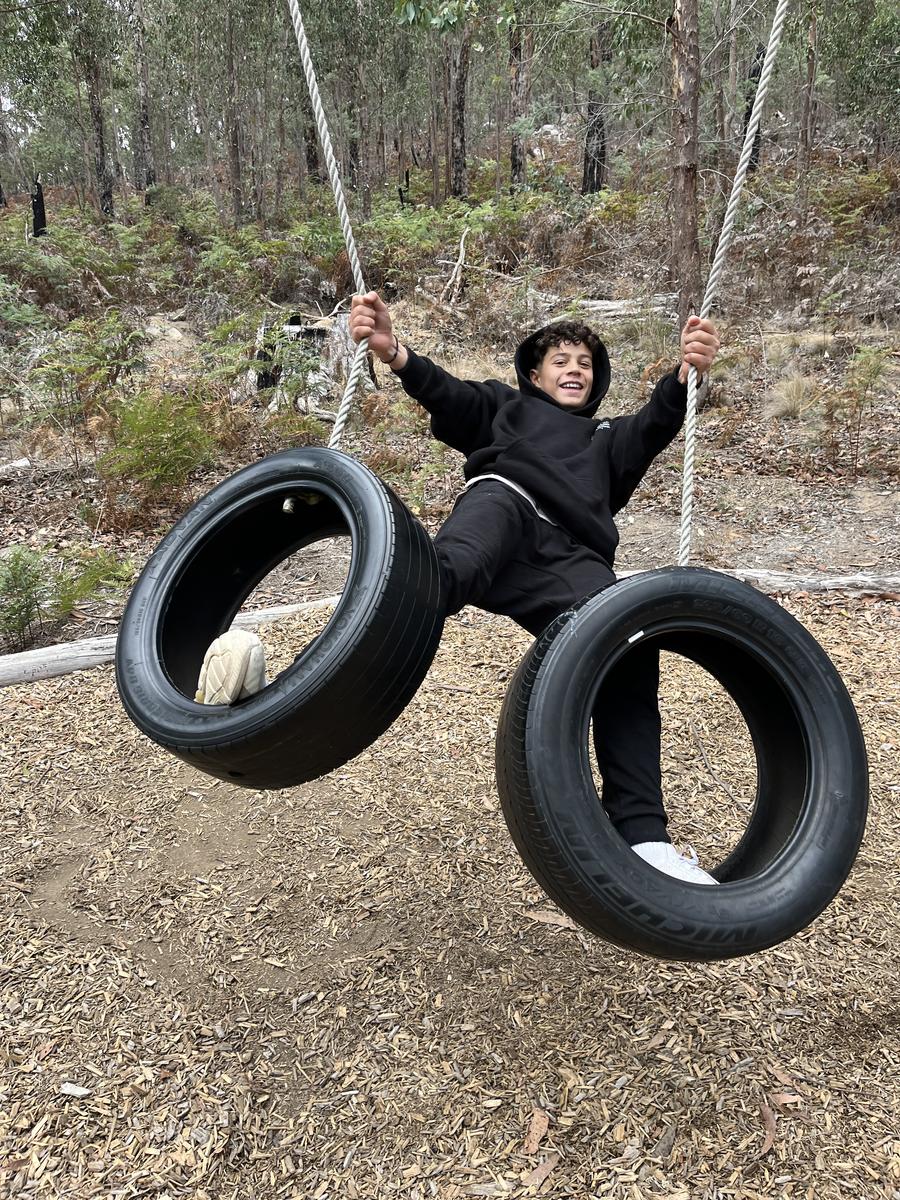


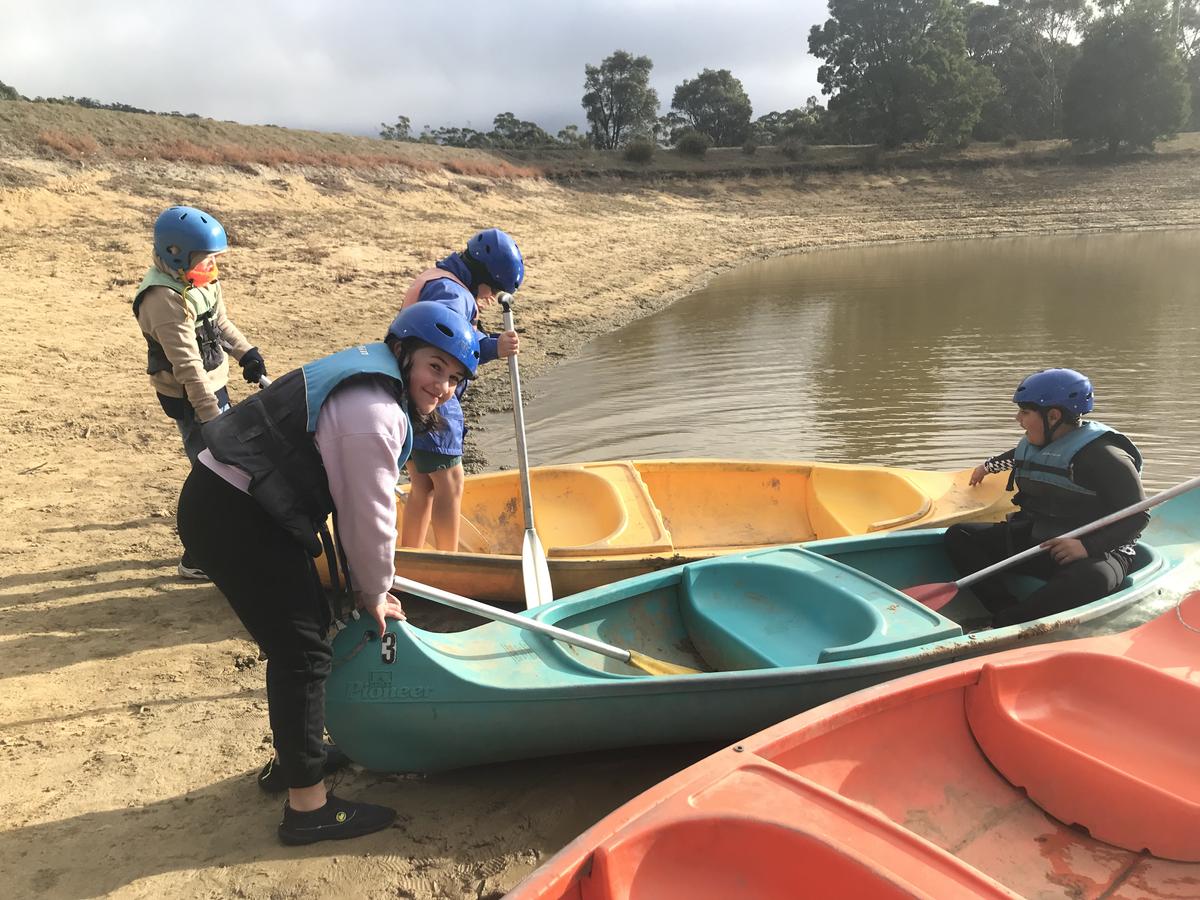
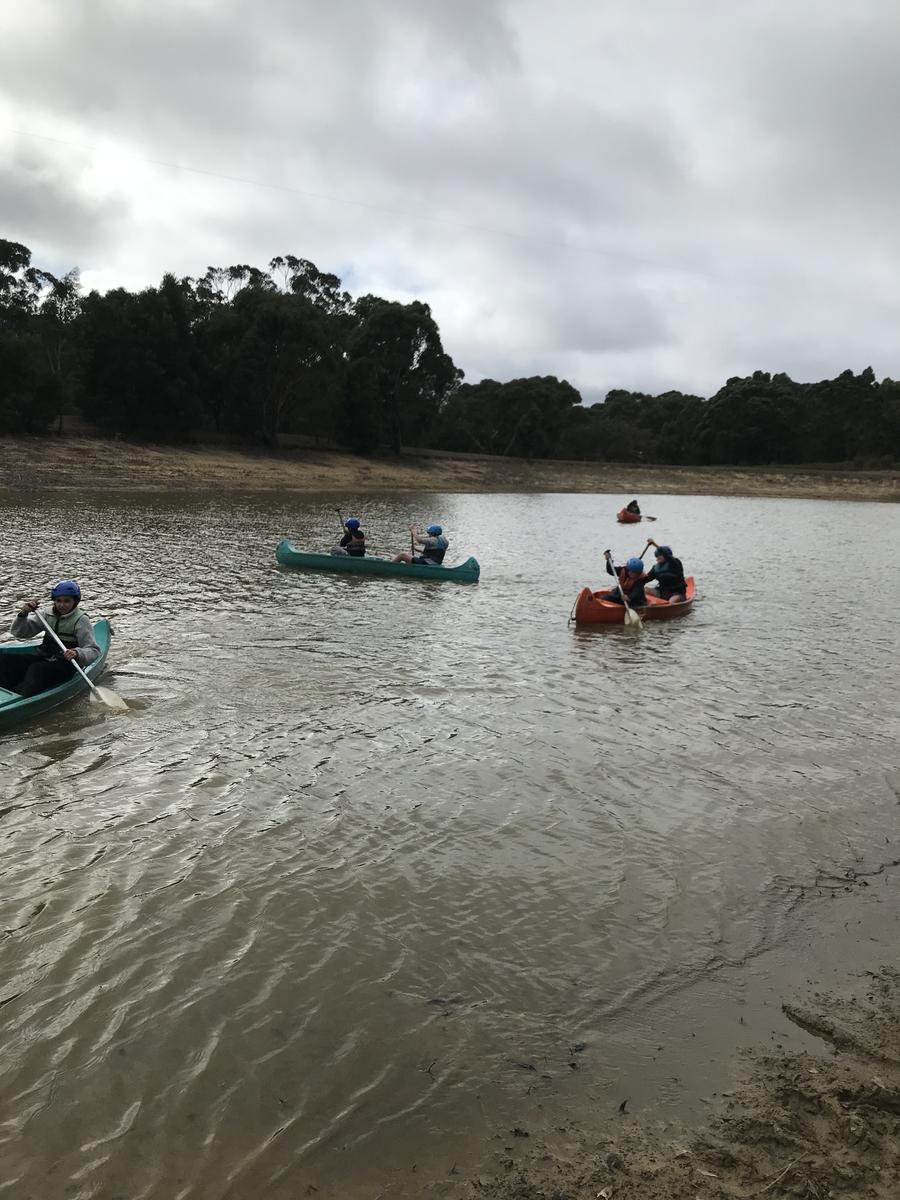
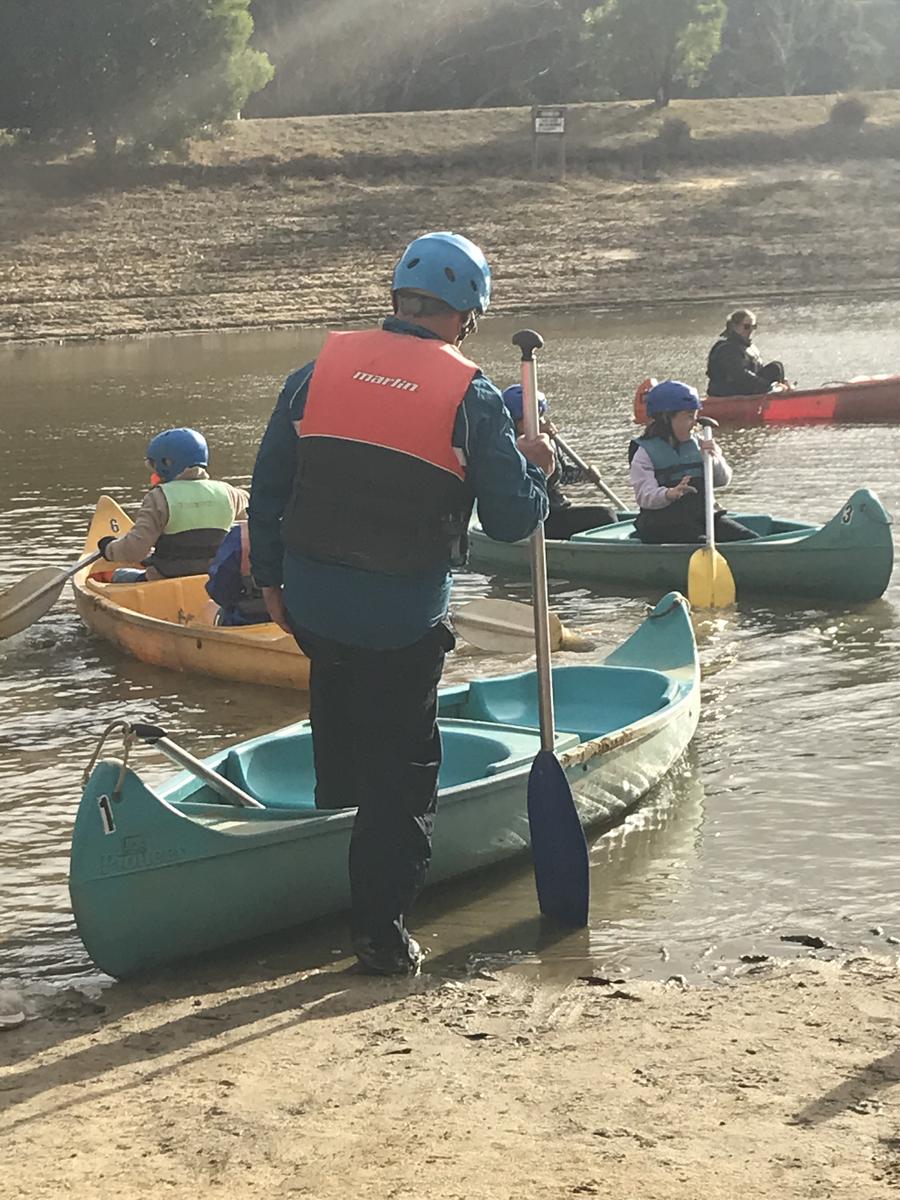
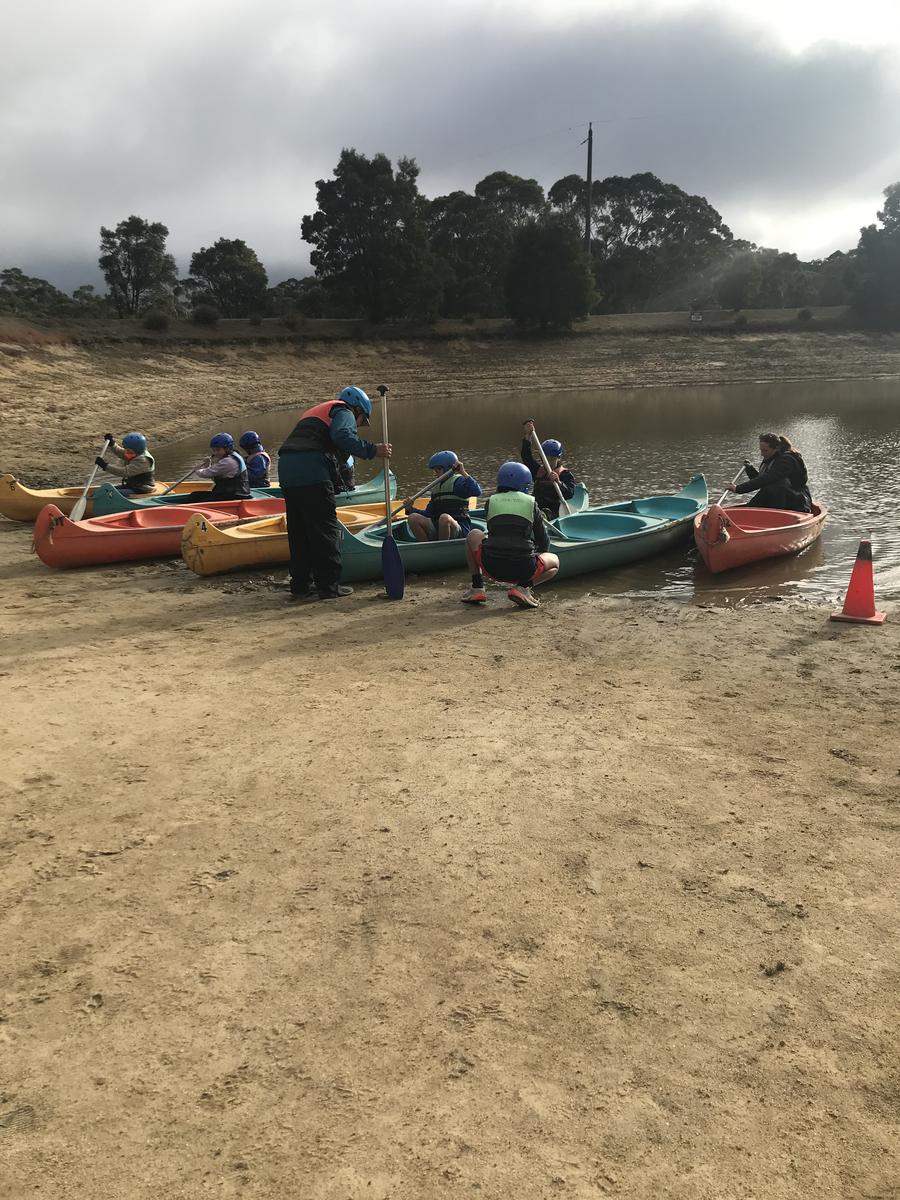
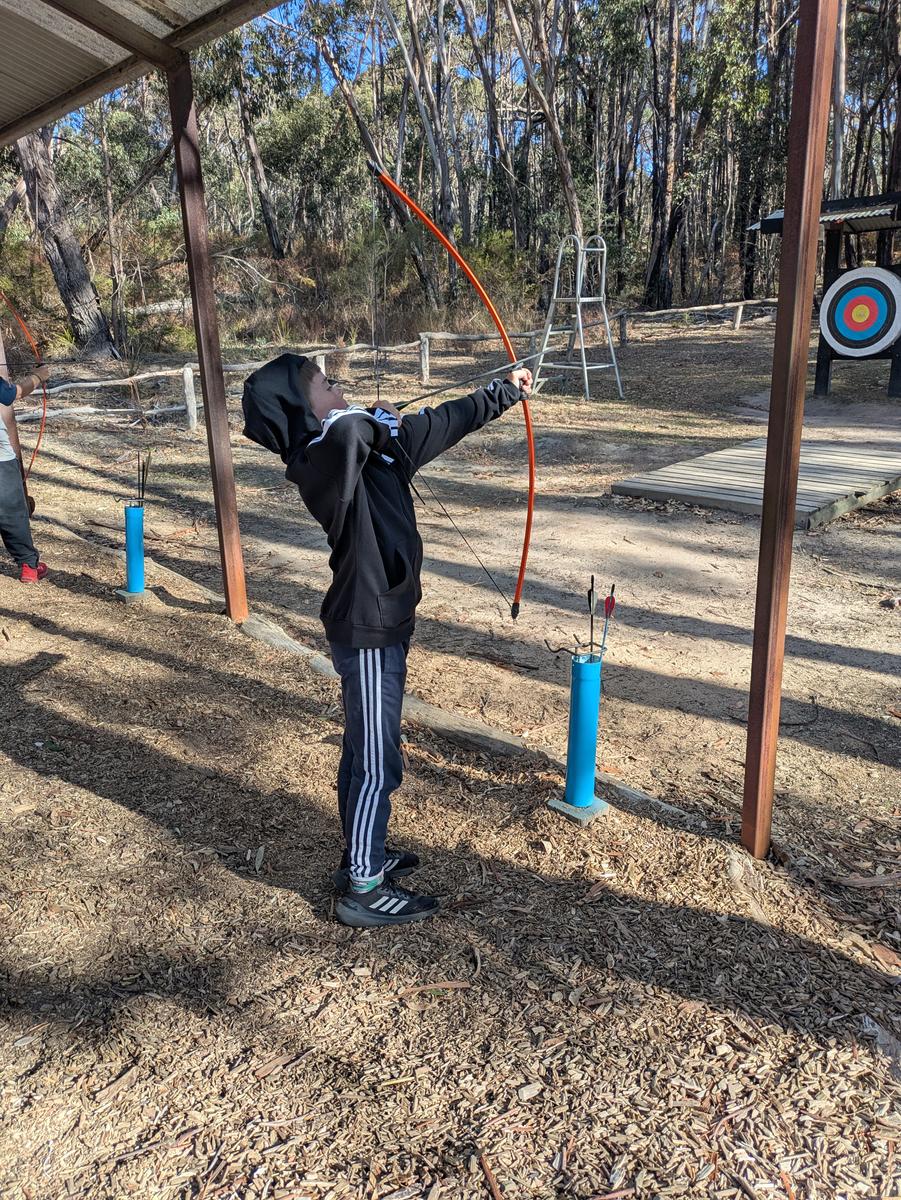
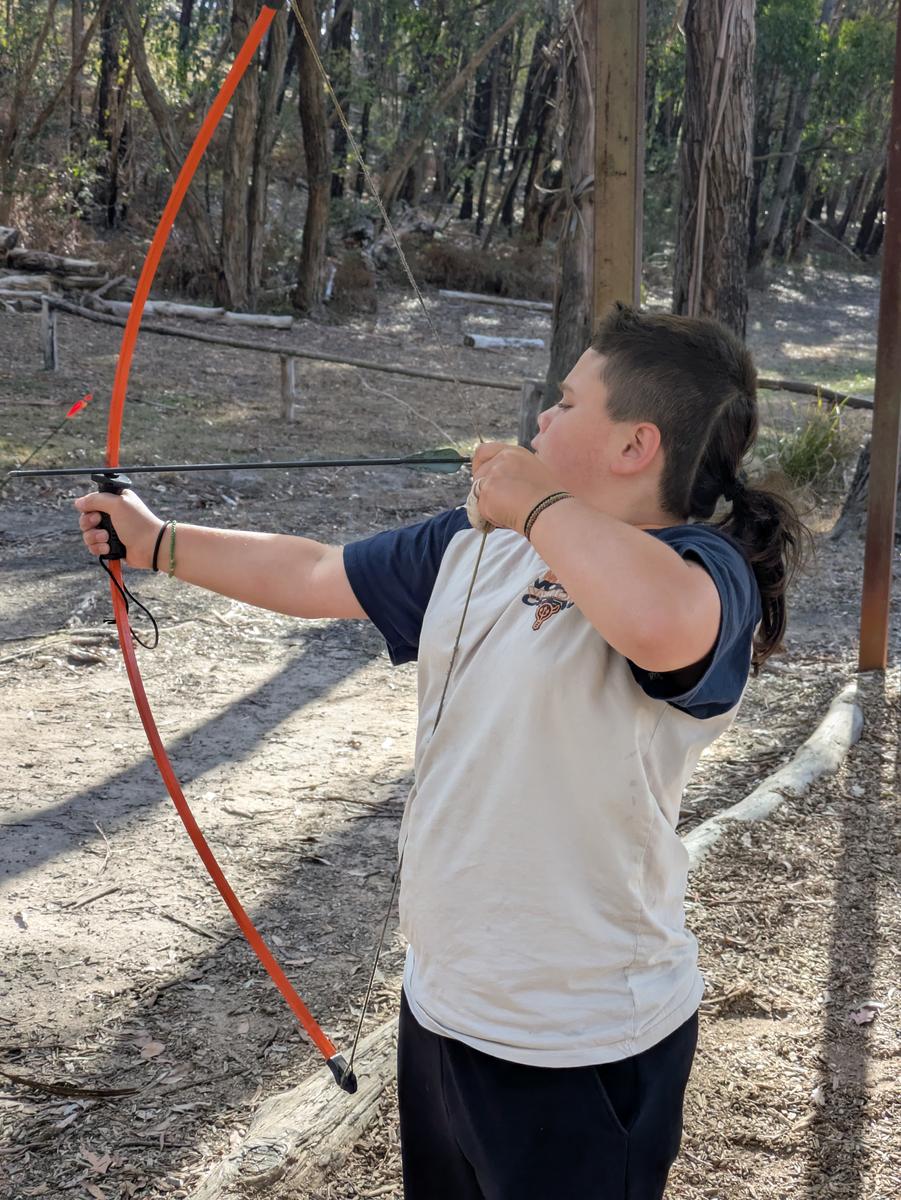
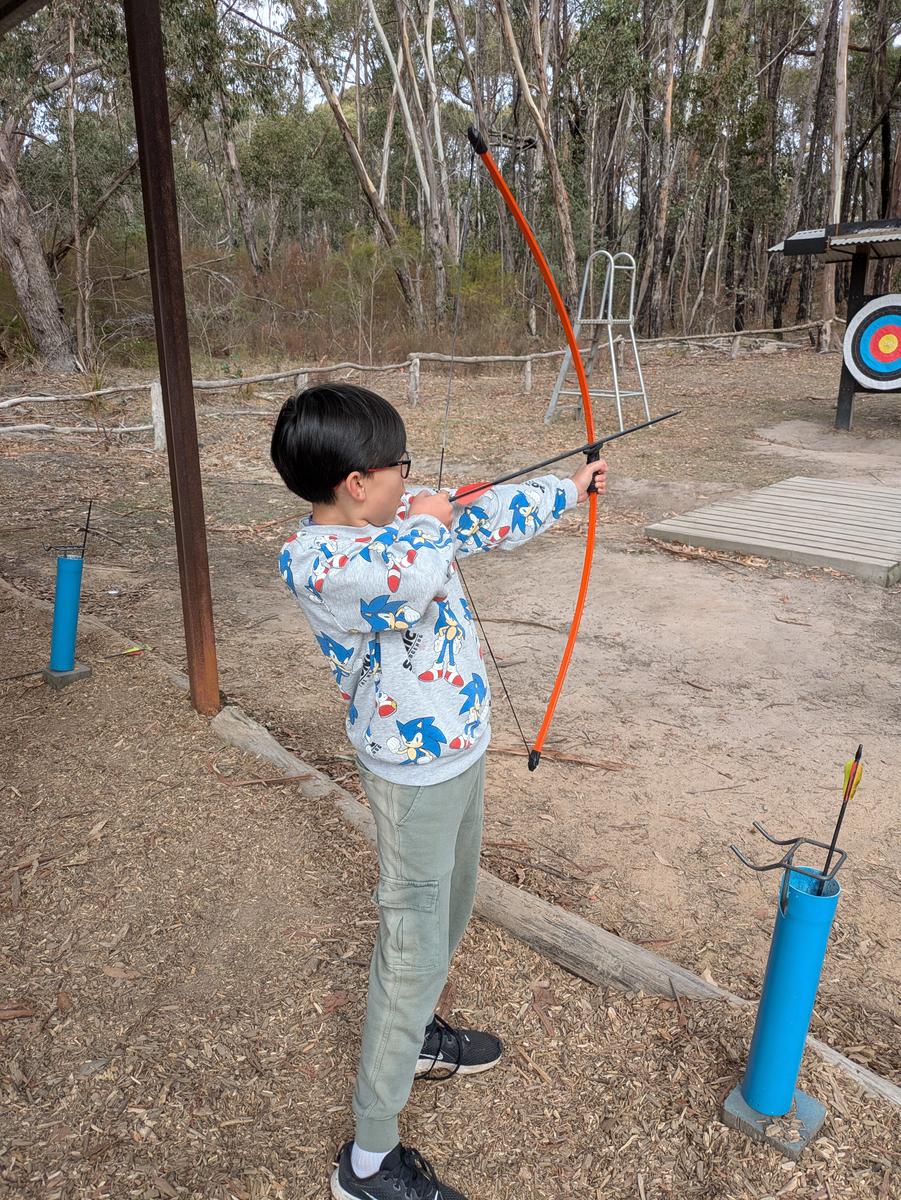
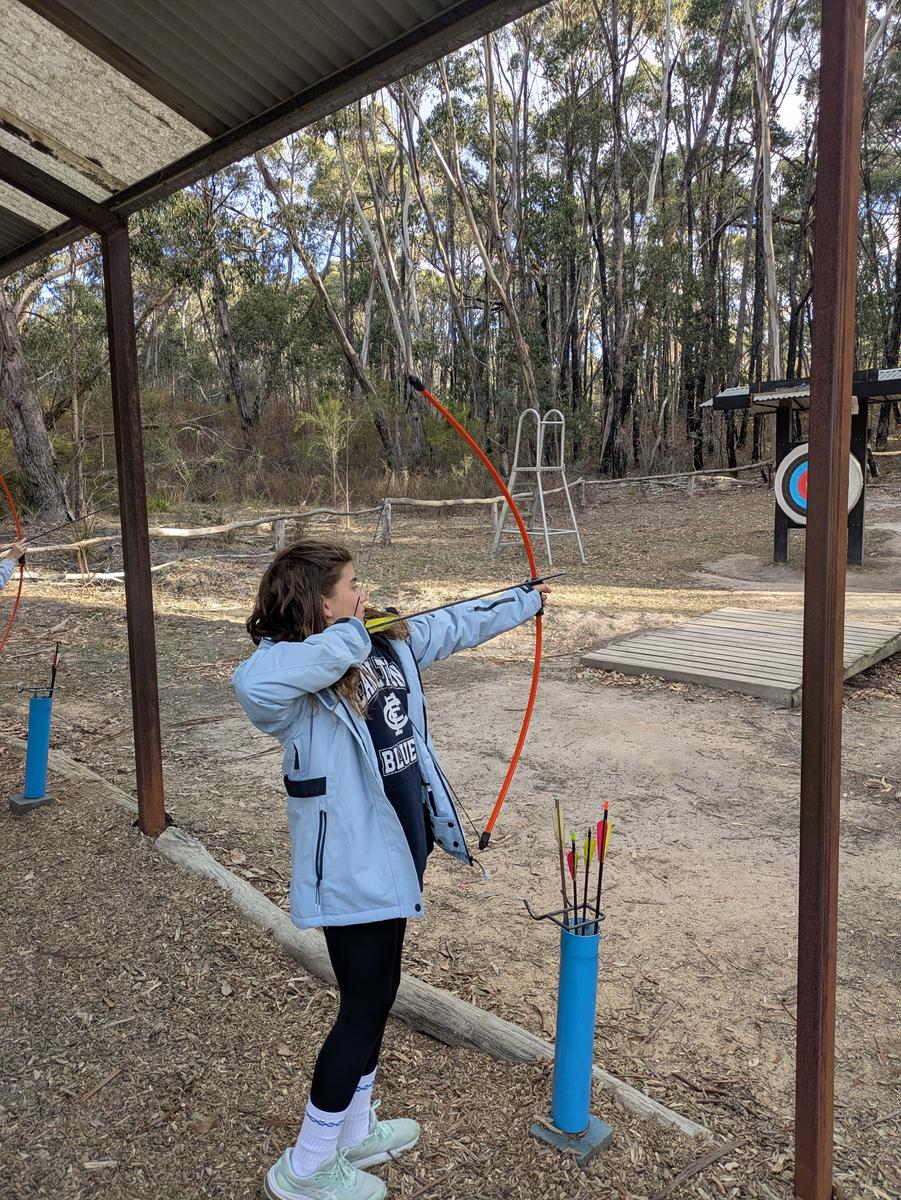
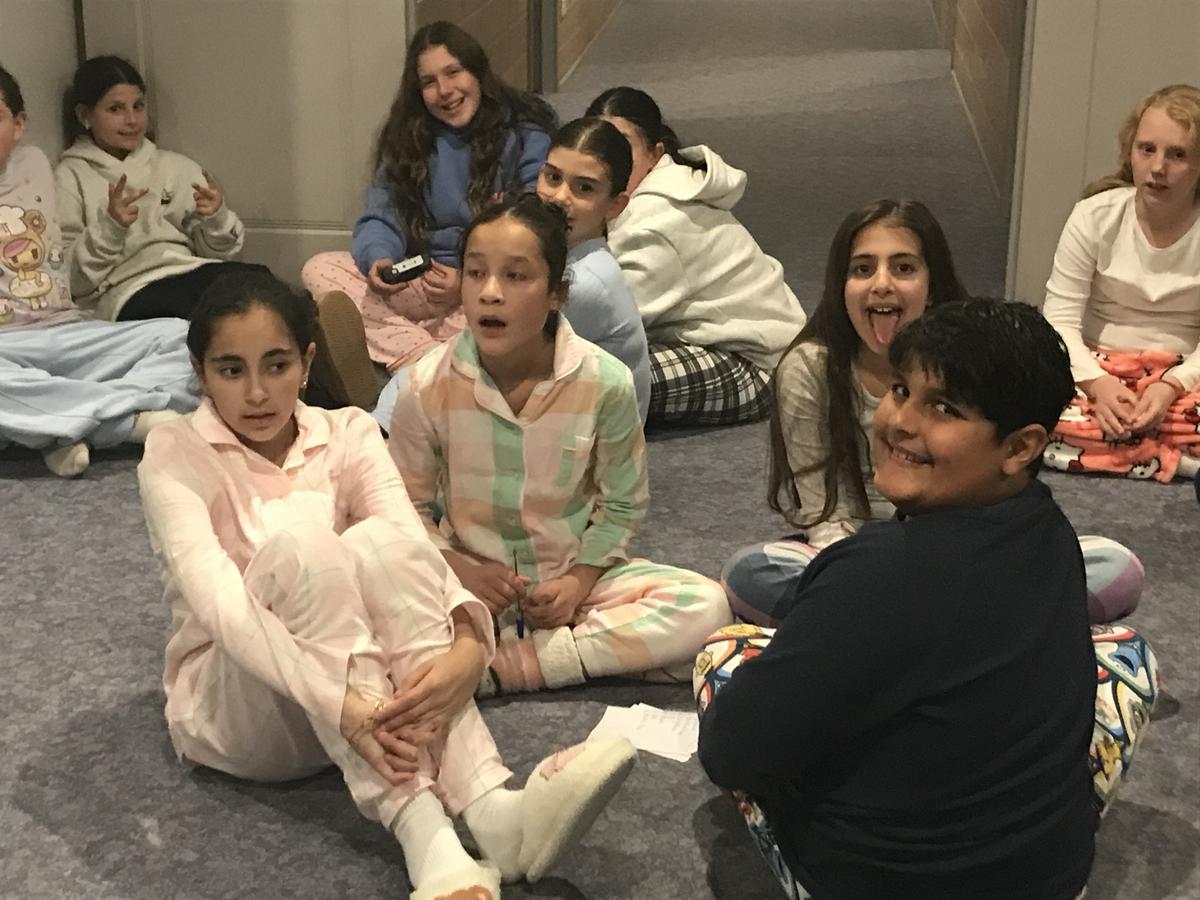

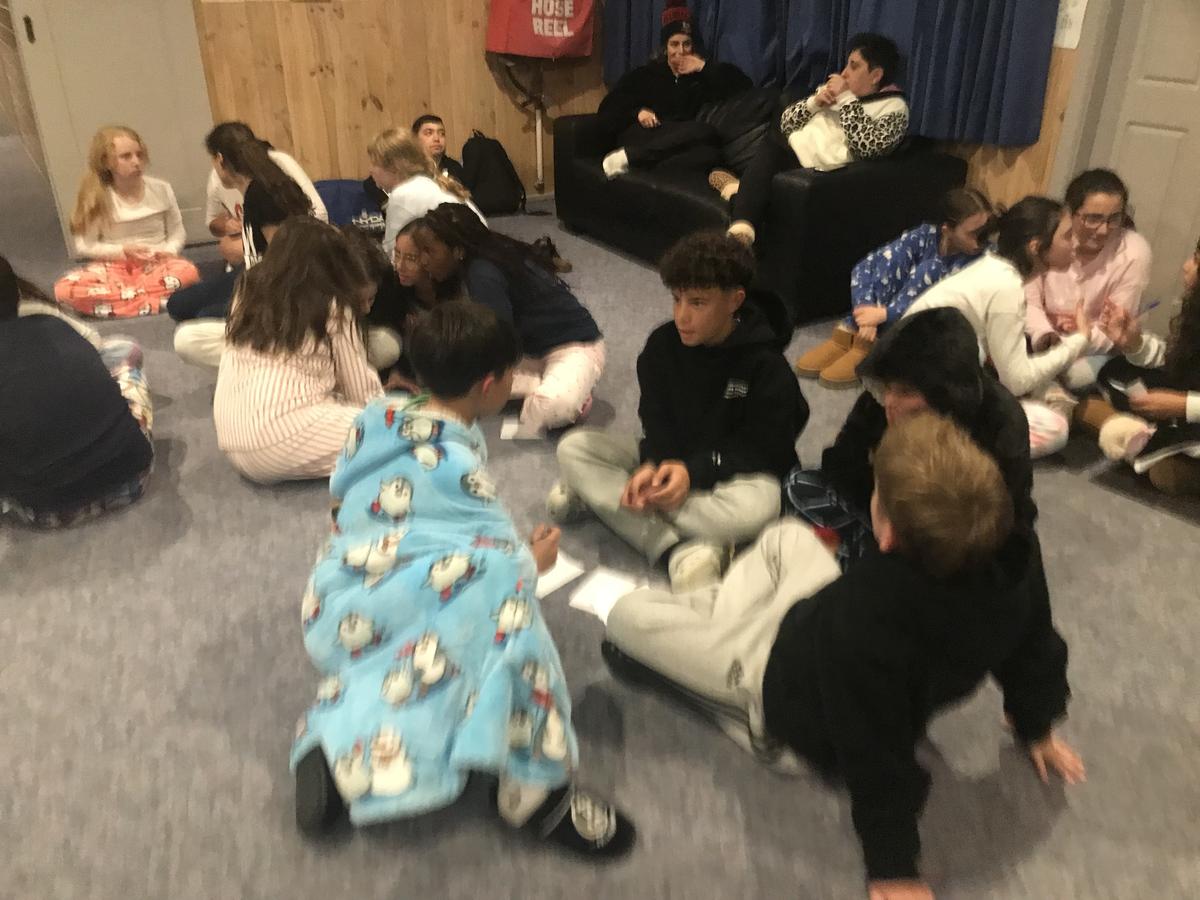



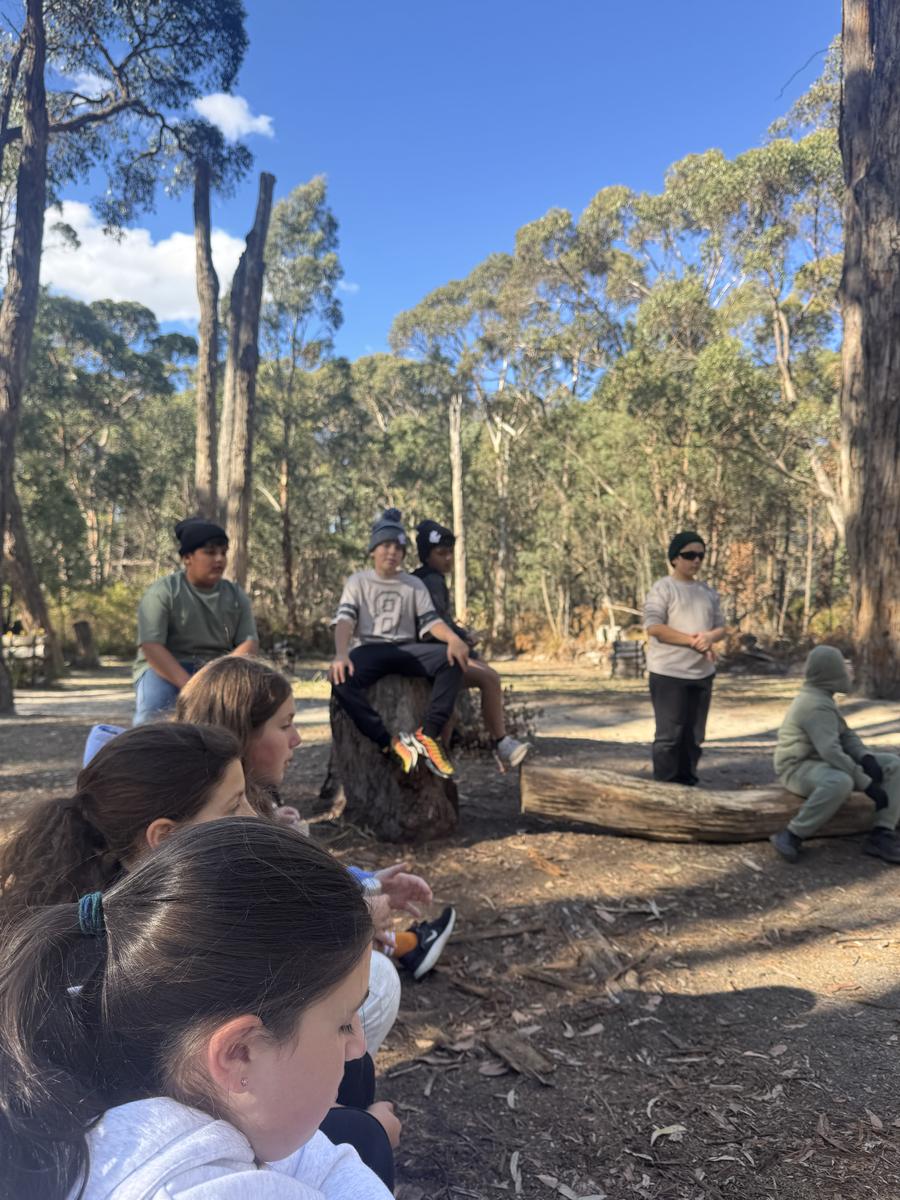
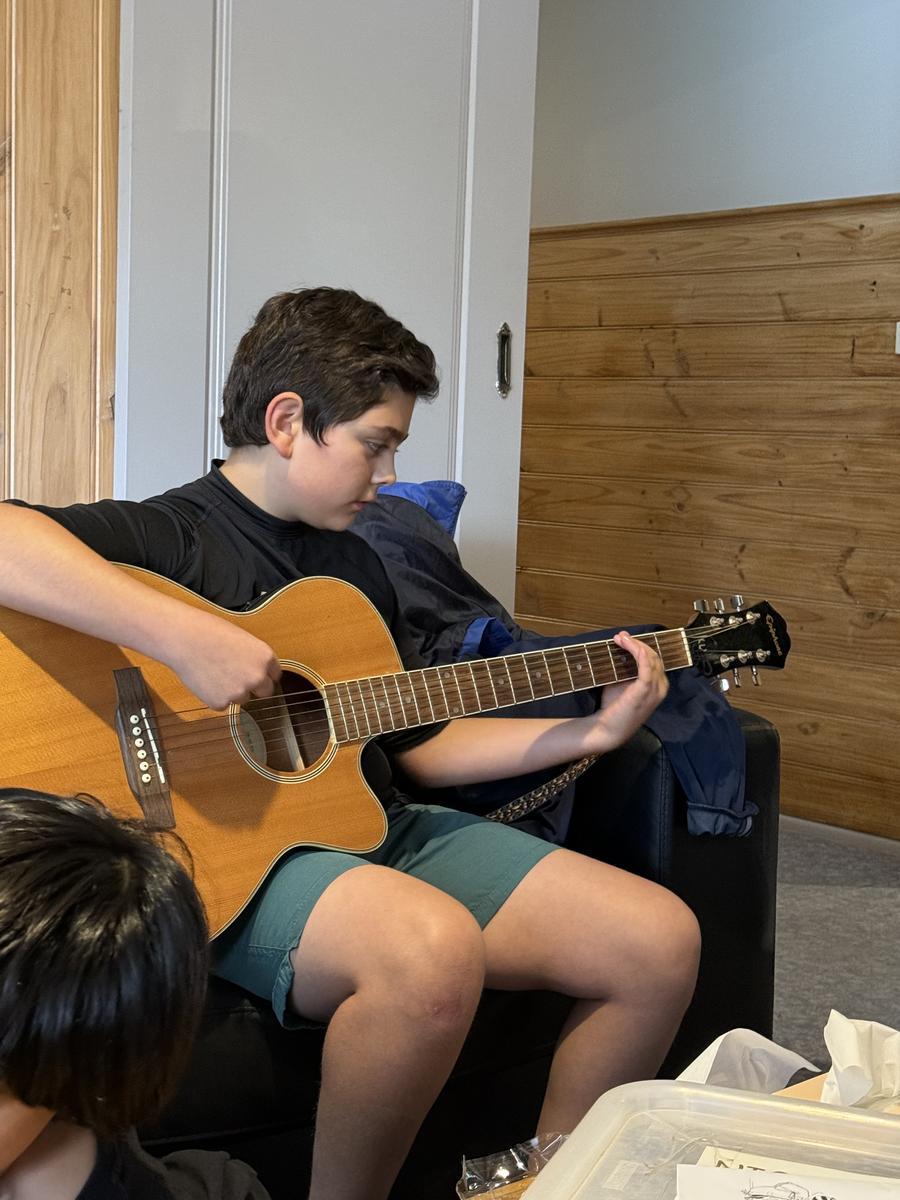

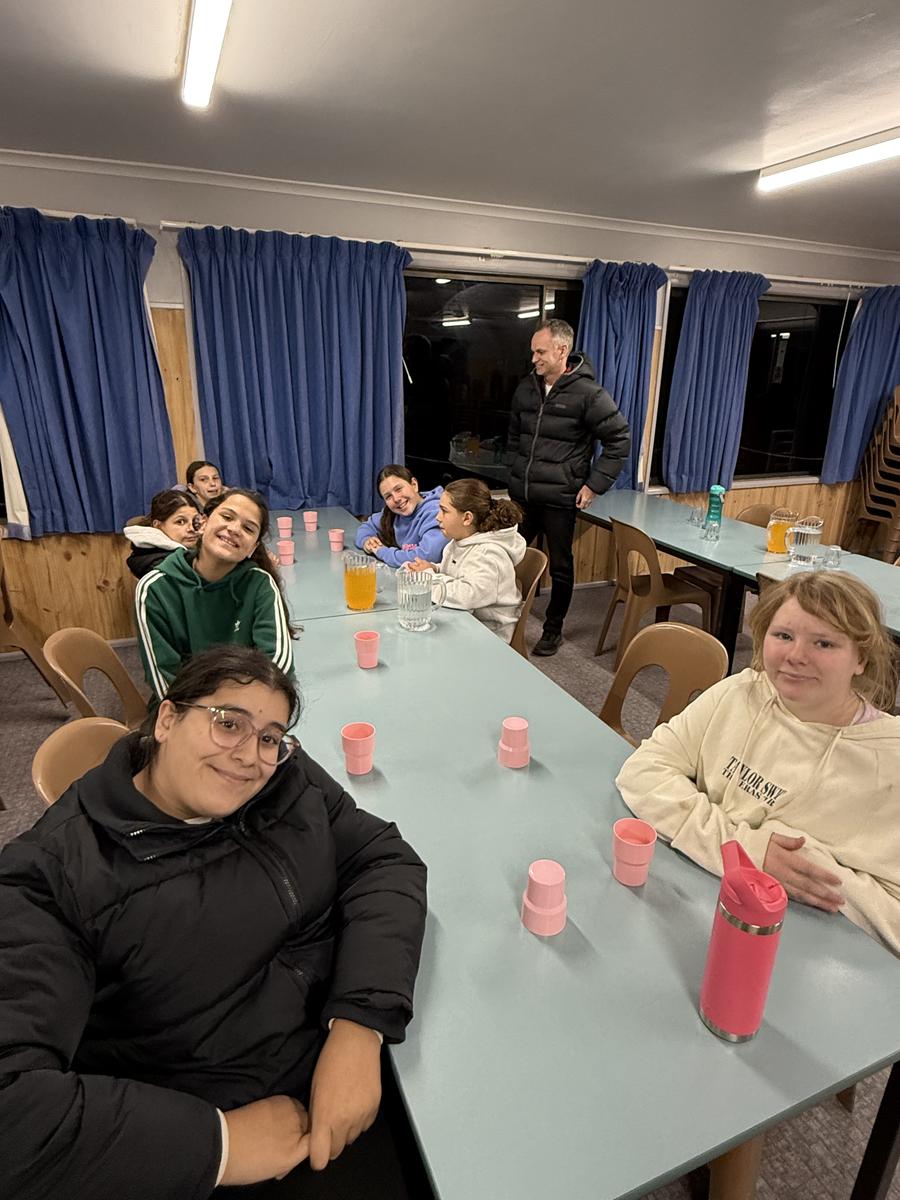
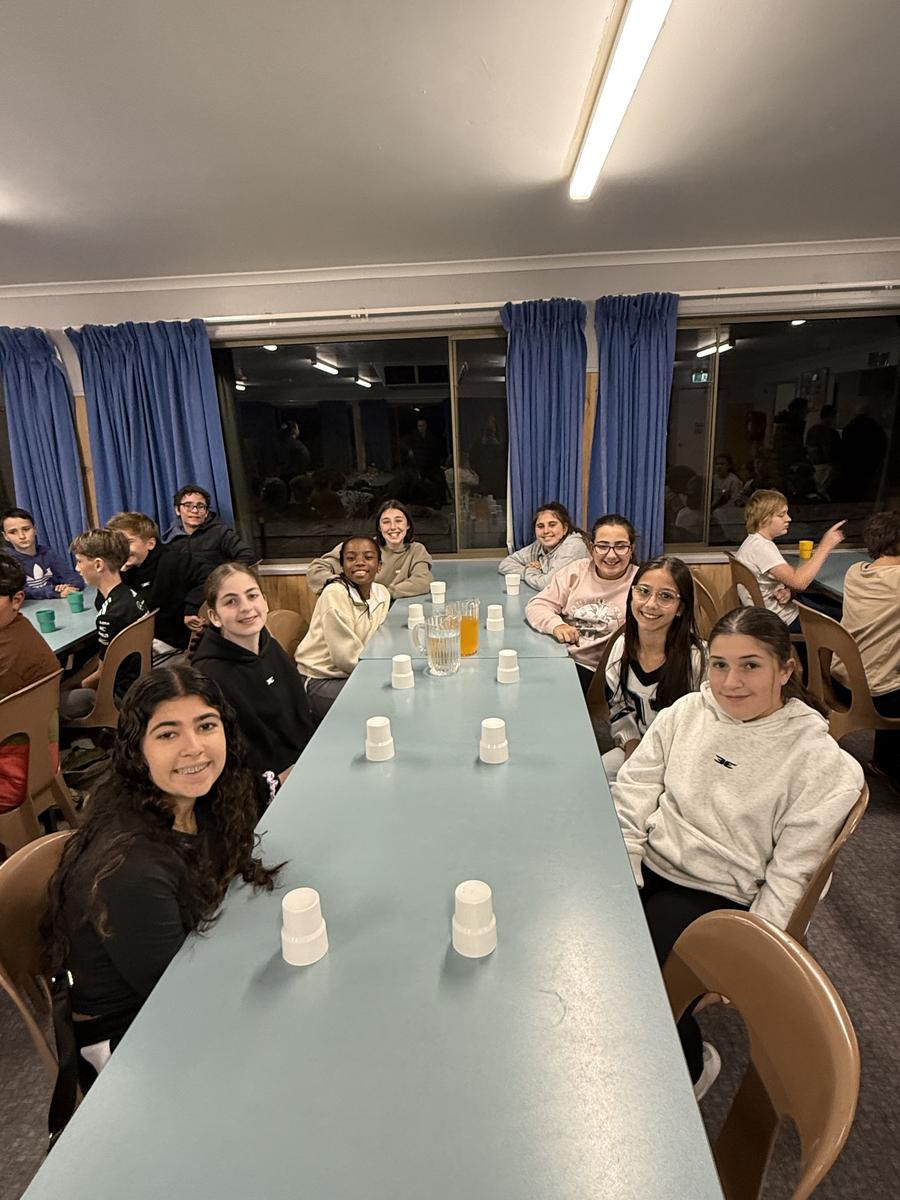
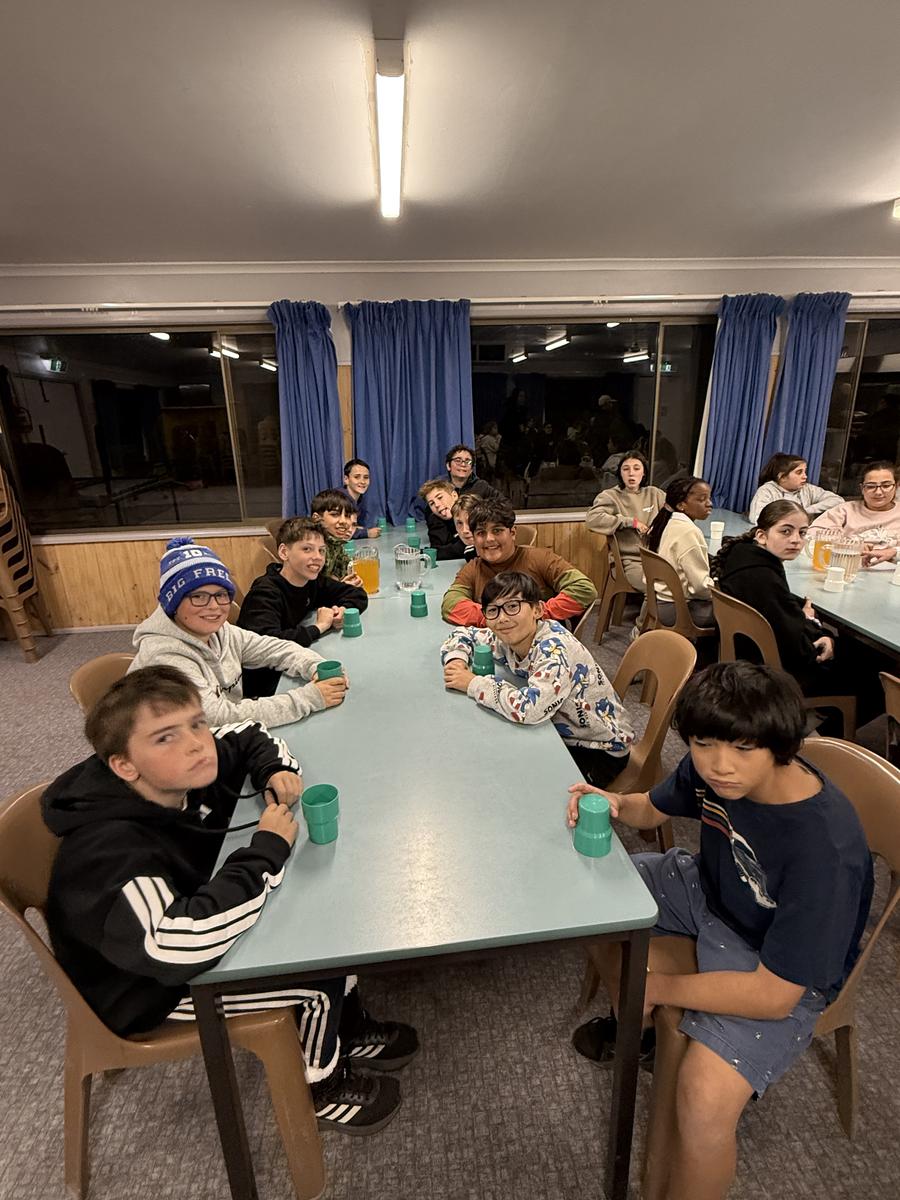
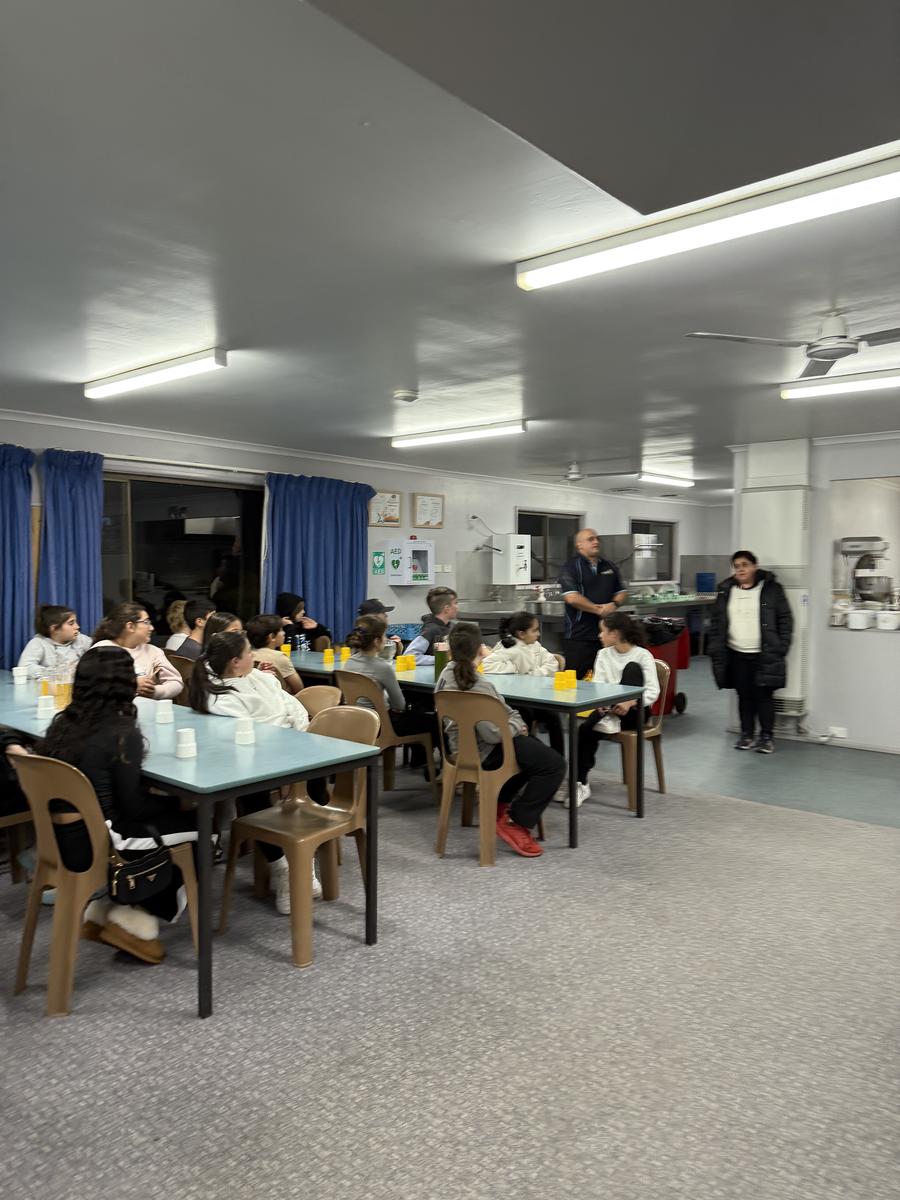
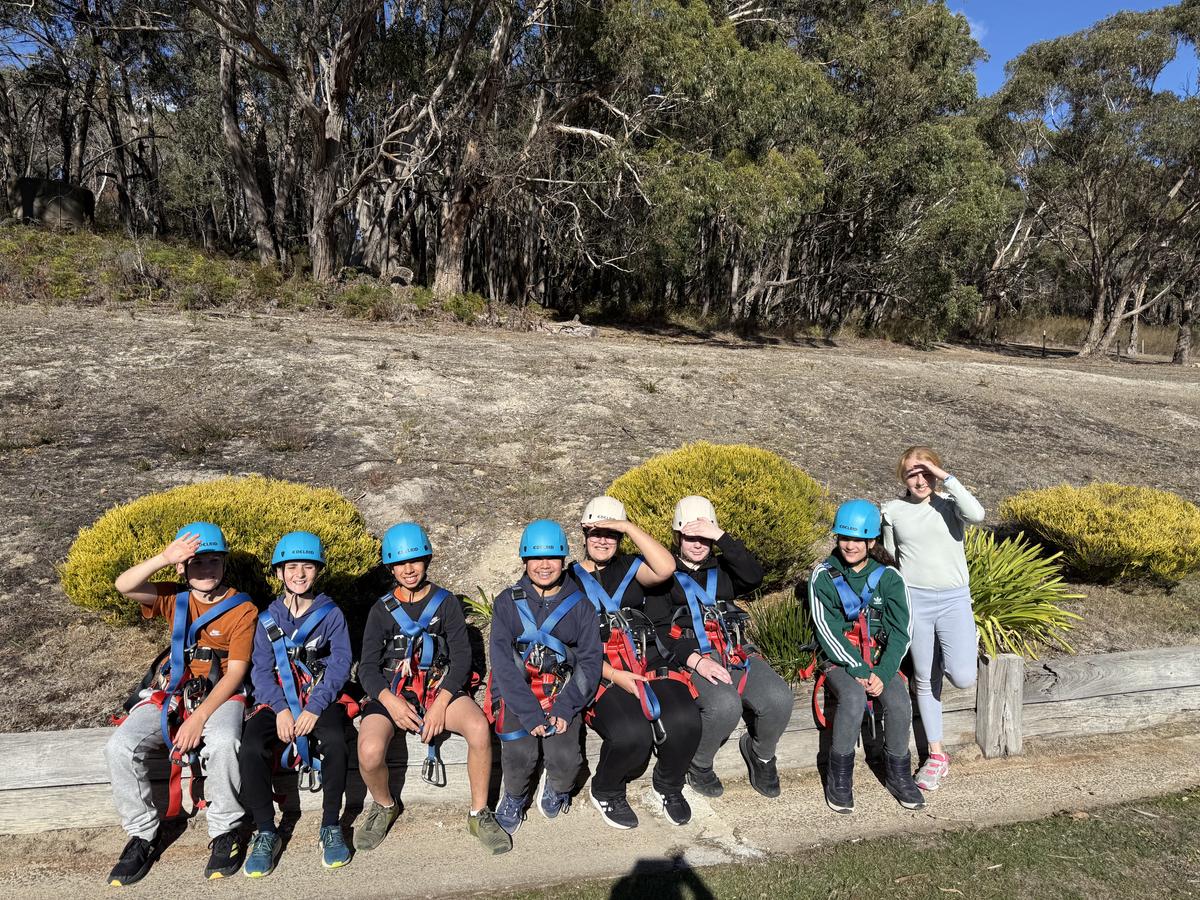
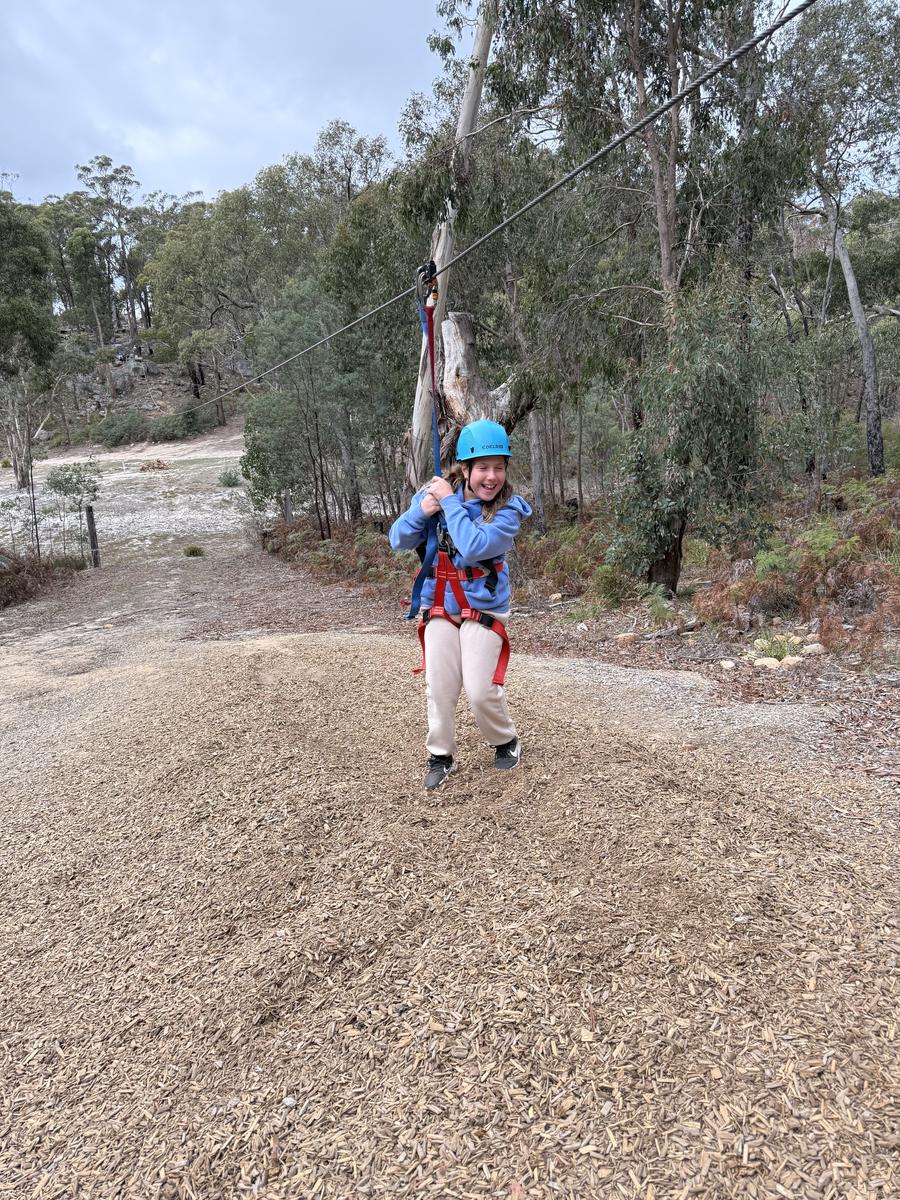
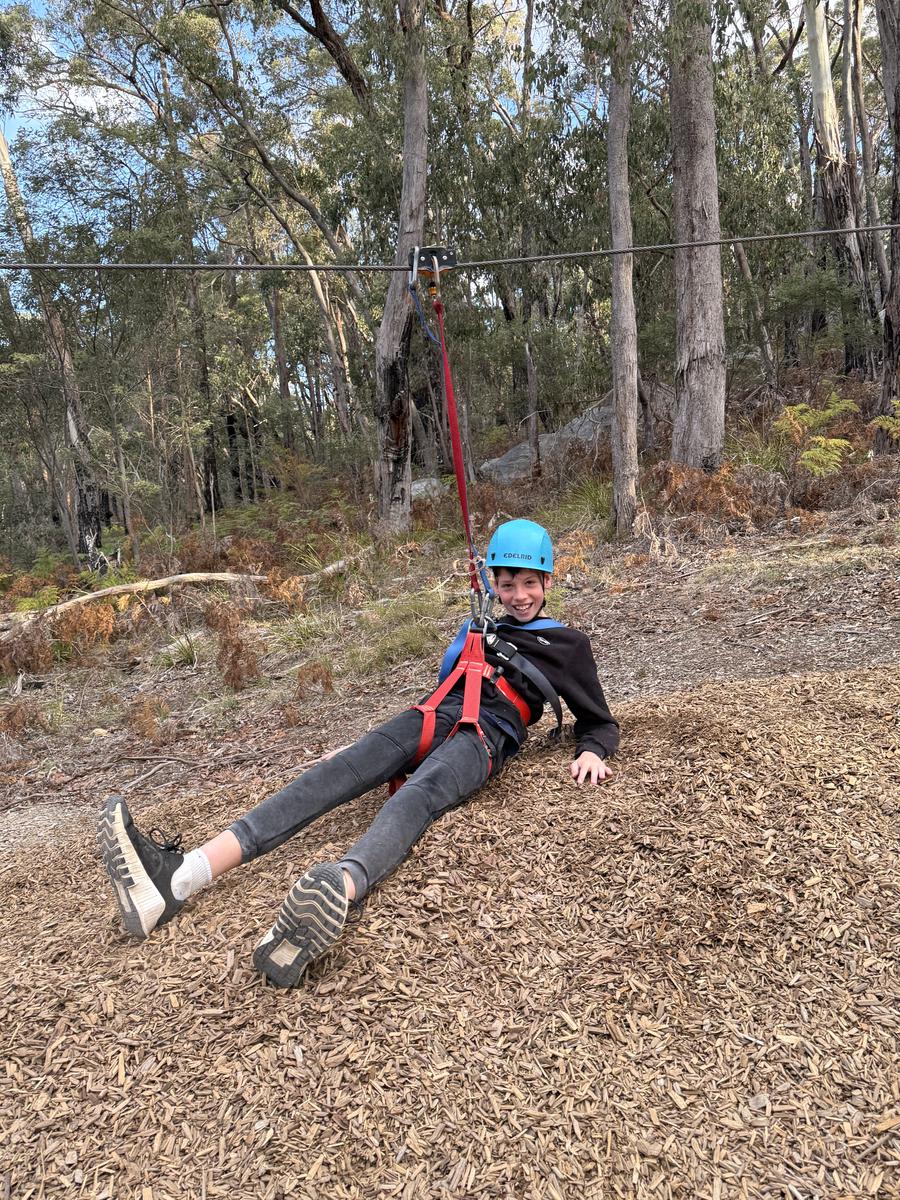

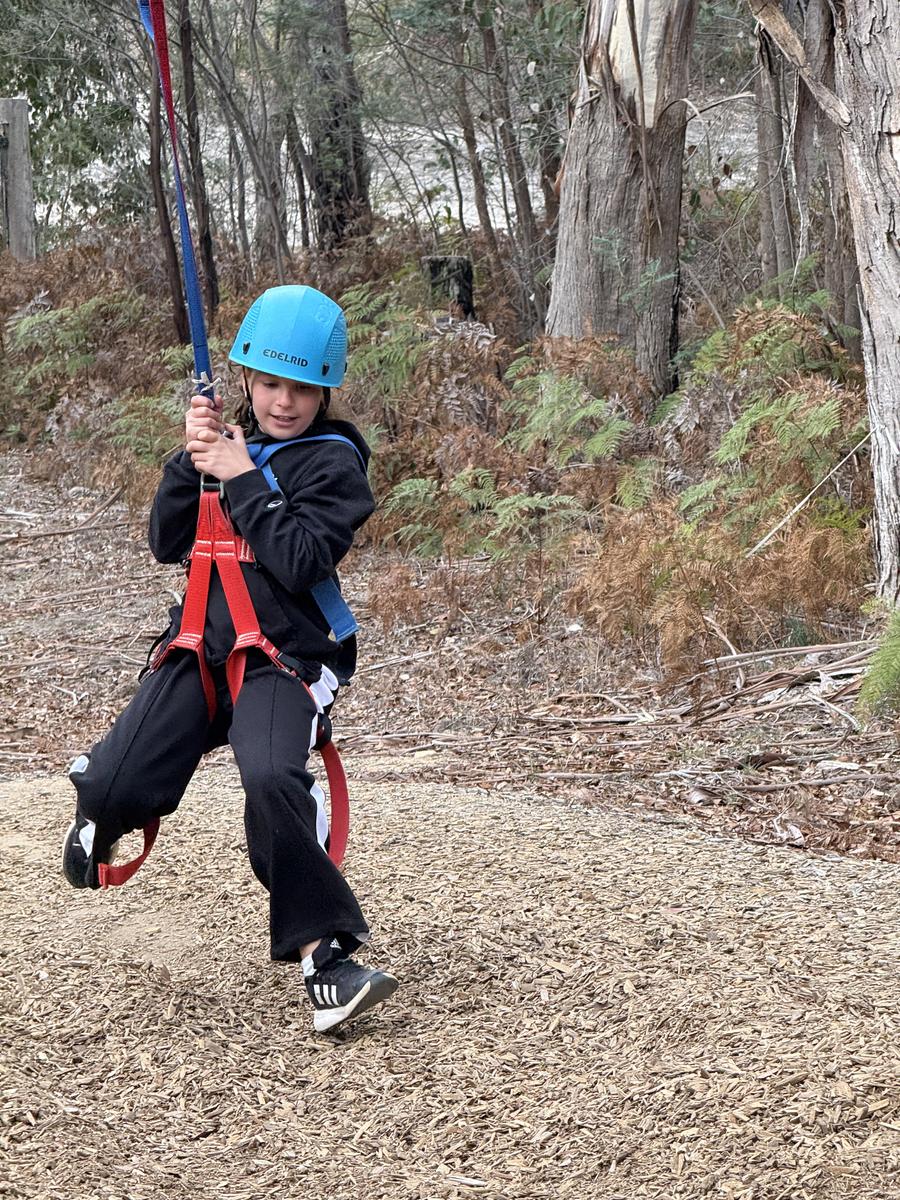
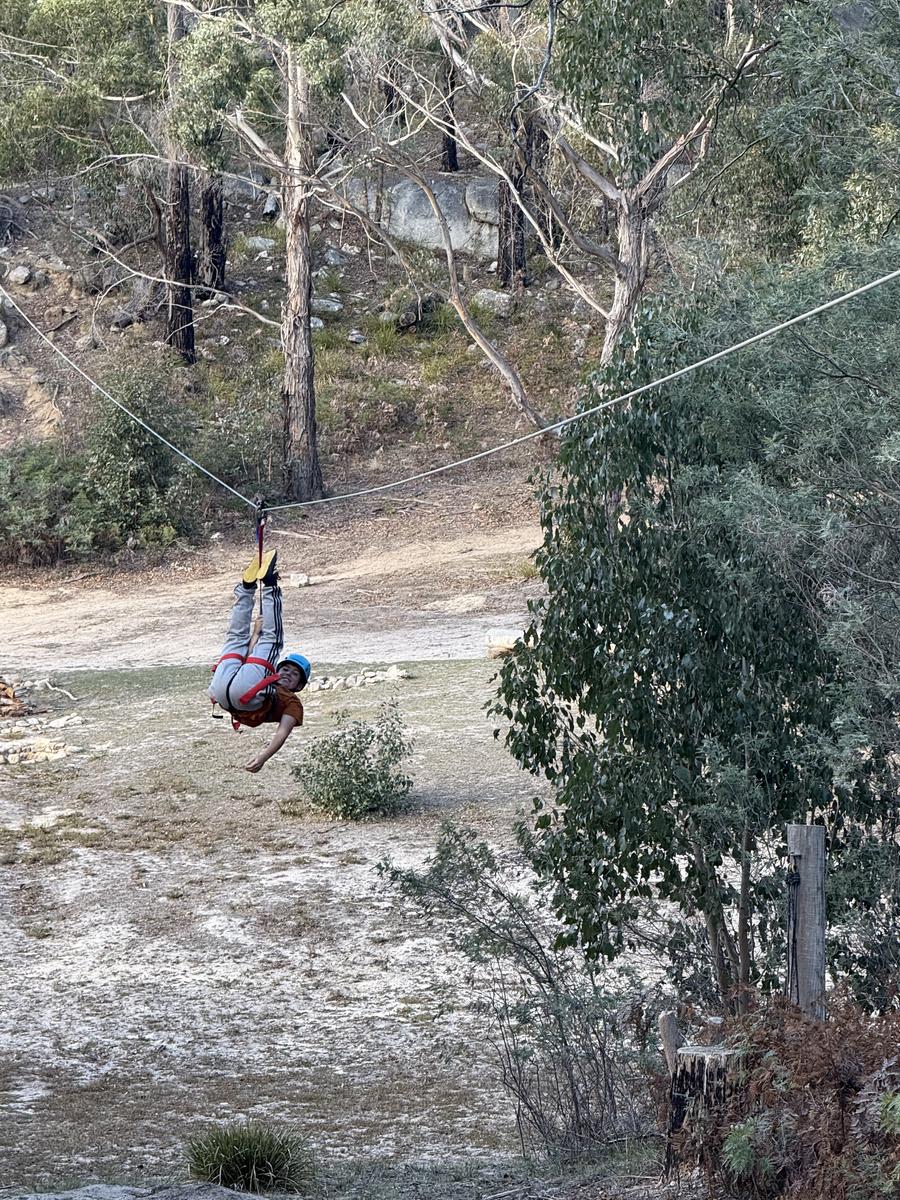





























































BUONGIORNO!


Salve a tutti! (Hello to everyone),
I hope everyone had a good weekend enjoying the sunshine as we transitioned from l’autunno (autumn) to l’inverno (winter). ☀️ 🍂 ❄️
La Festa della Repubblica
In today’s newsletter I’d like to inform families about a major event that will be taking place in Italy today… lunedì (Monday) 2 giugno (June). Yes, some of you may already know that this date marks La Festa della Repubblica, (Italian Republic Day). Which also happens to be a National holiday in Italy.
La Festa della Repubblica, celebrates the establishment of the Italian Republic and the end of the monarchy which took place on June 2nd 1946. Some of you may already know that a republic is a form of government in which the people elect, or choose, the leaders that will represent them, in this case a President. The current Italian Presidente, (President) is Sergio Mattarella, and has served in this role since 2015. Italians celebrate this National Day by watching parades, fireworks, concerts, and sharing picnics with family and friends.
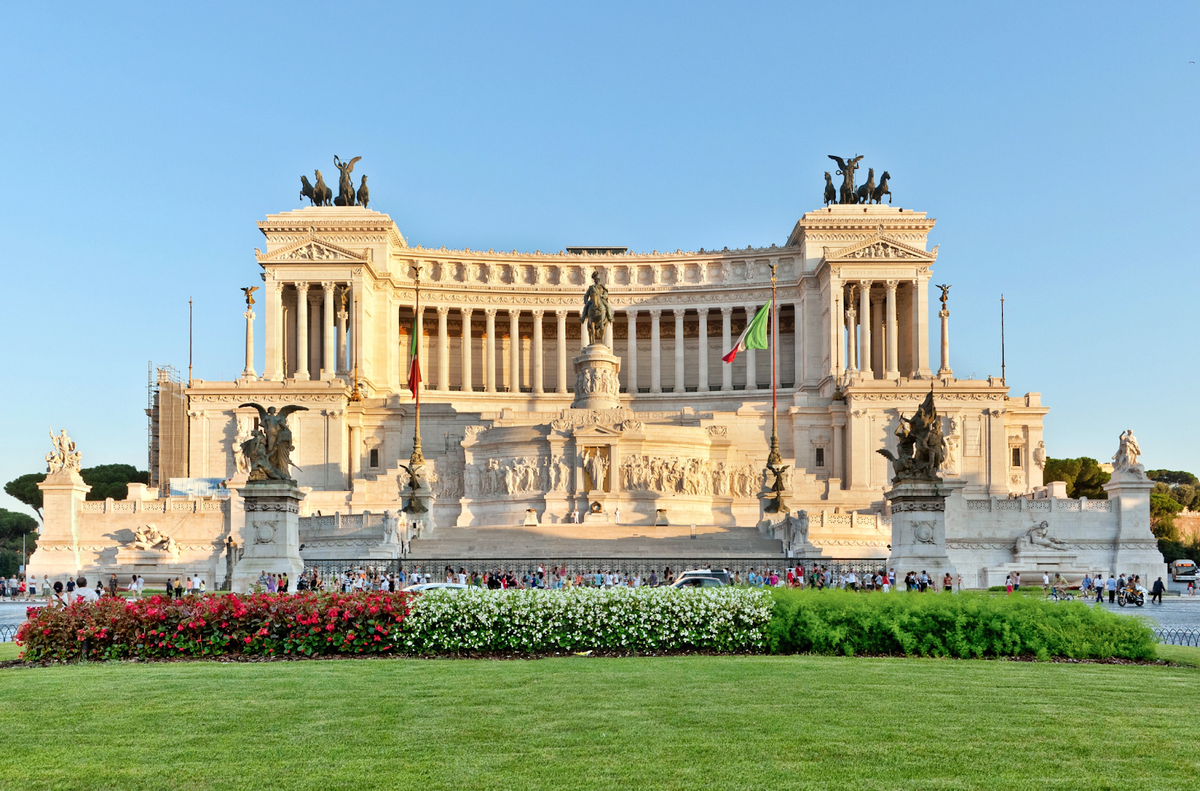

Each year a wreath is laid at the Tomb of the Unknown Soldier in front of the Vittoriano (Victor Emmanuel II Monument) in Rome. The tomb was fully completed in 1935, and there lies an eternal flame ever since. It was built to honour all of Italy’s fallen soldiers. This monument is also sometimes referred to as the “Wedding Cake” or the “Typewriter” due to its appearance and size.


A military parade is also an important part of the day in Rome, marching along to the National Anthem - Inno di Mameli, also known as Fratelli d‘Italia. I will be playing this National Anthem, during the week throughout the classes to commemorate La Festa della Repubblica.


Giro d’Italia
Update: As I write this article, the Giro d'Italia overall winner is British cyclist Simon Yates, who takes the maglia rosa (pink shirt) for 2025. Auguri Simon!
The Giro d’Italia began venerdì 9 maggio and ended yesterday domenica 1 giugno (in Roma). This has been a challenging 3 week cycling race, encountering many different landscapes and various weather conditions throughout Italia, from southern, central and northern Italy. I have certainly enjoyed watching various stages of the race and even recognising some places that I have been in Italy including, Napoli, Lucca, Sienna and parts of the Northern lakes district. I know that some of the children at school have been watching various stages of the race as well. Bravi ragazzi! Perhaps one day they could be cycling around Italy too, or at least visiting the various sites. 🚴
Until next time…buona settimana! (Have a good week).
Signora Rosa 🌹